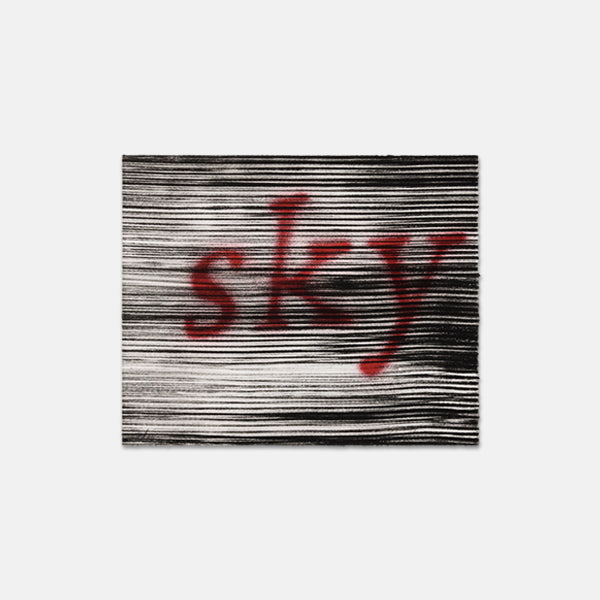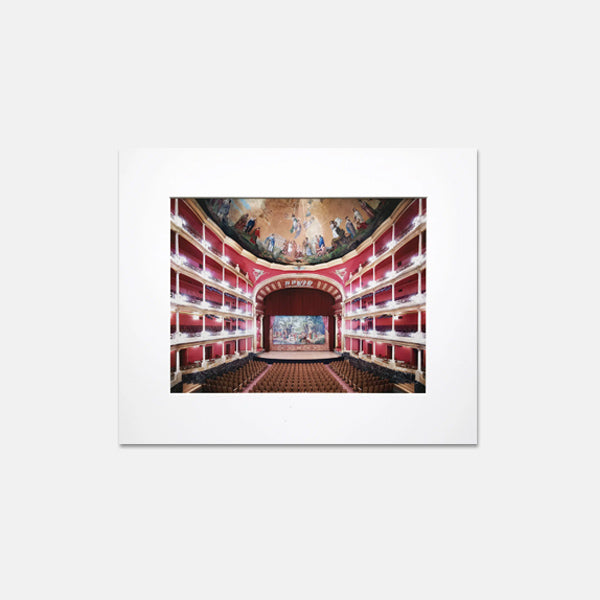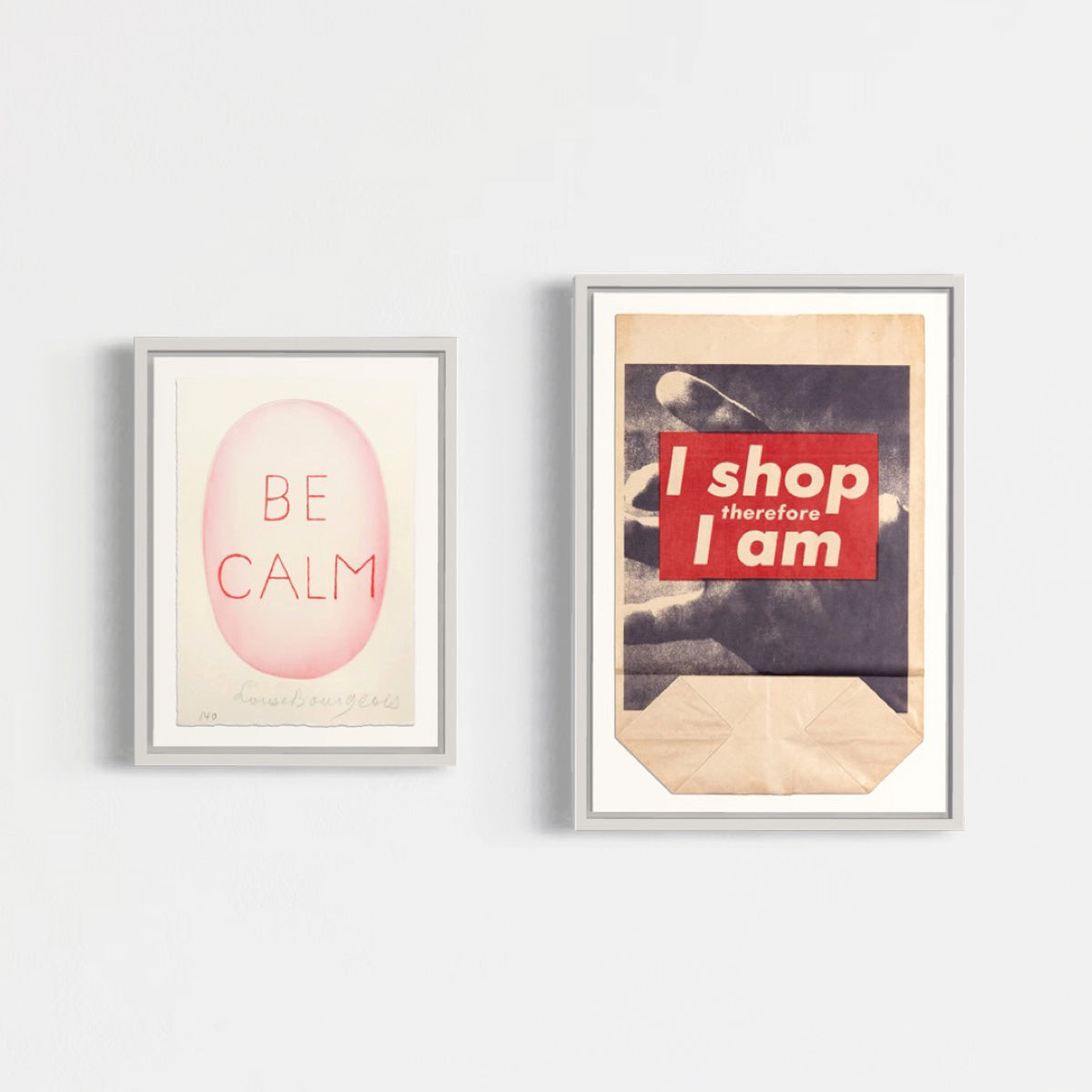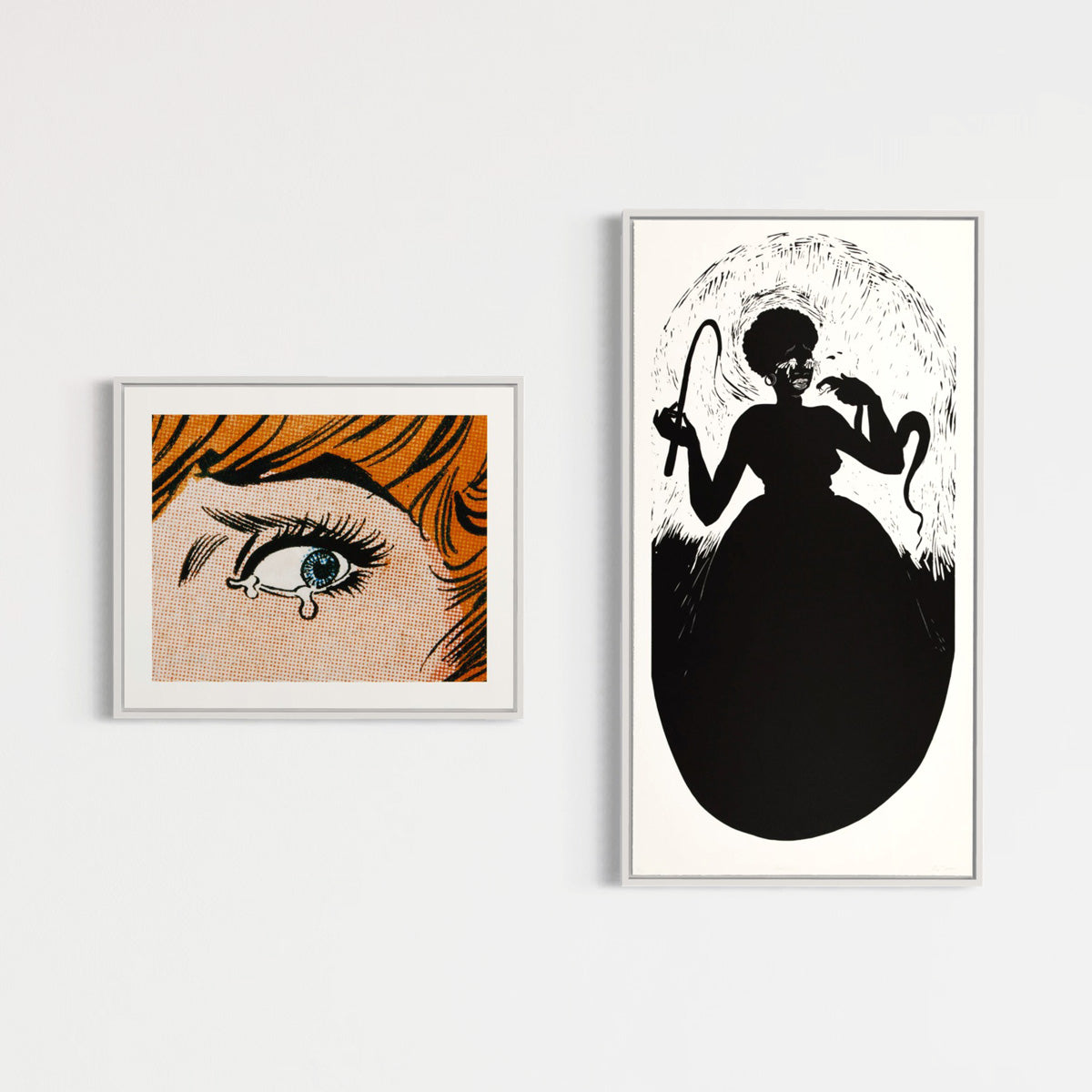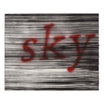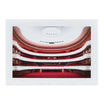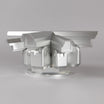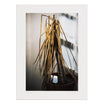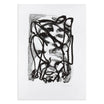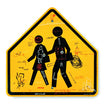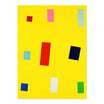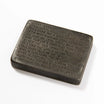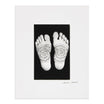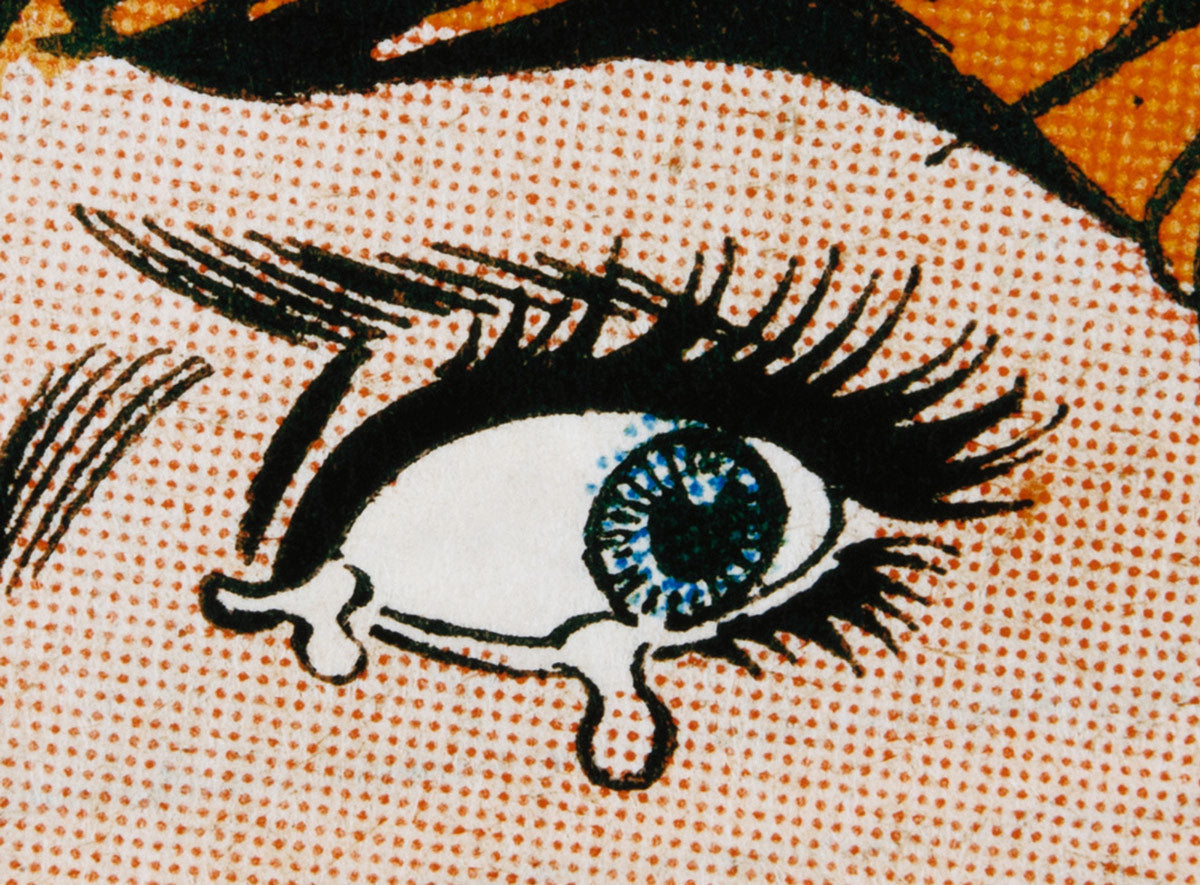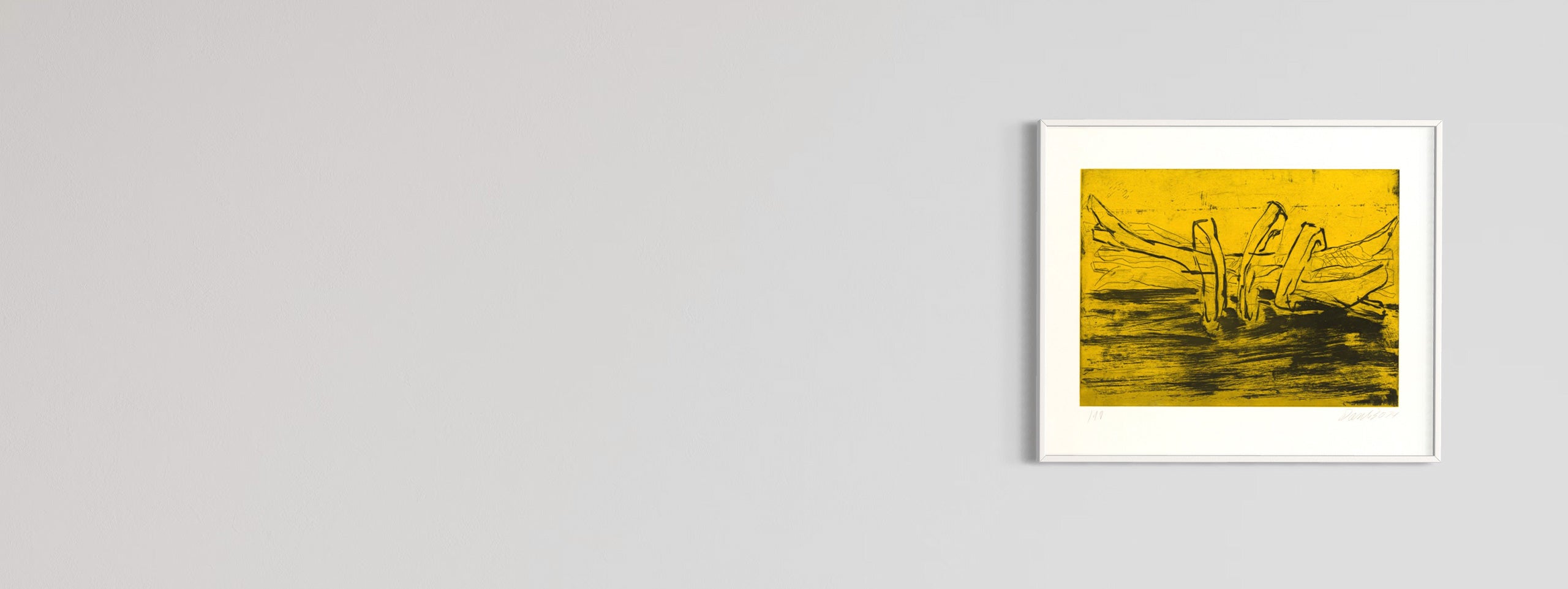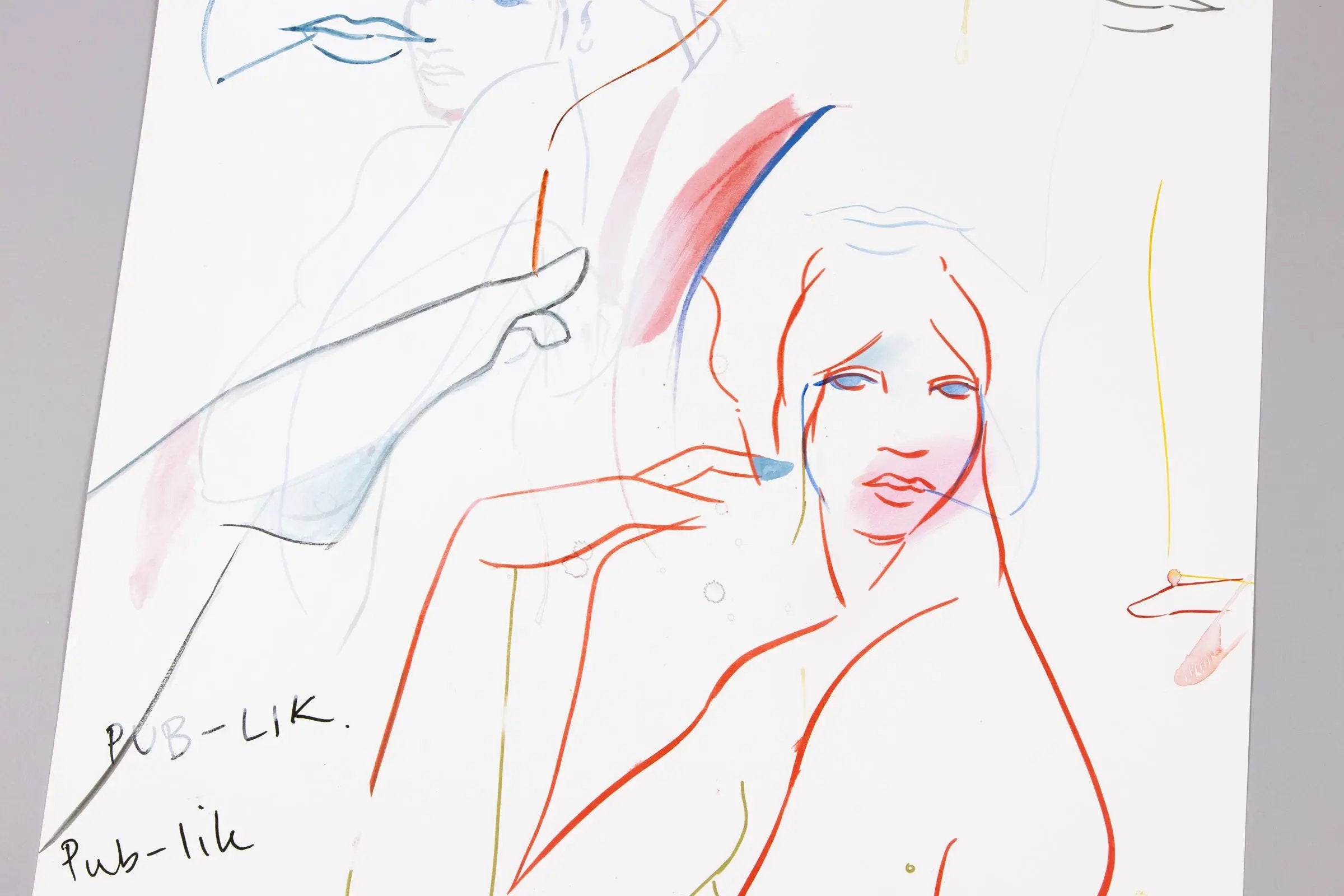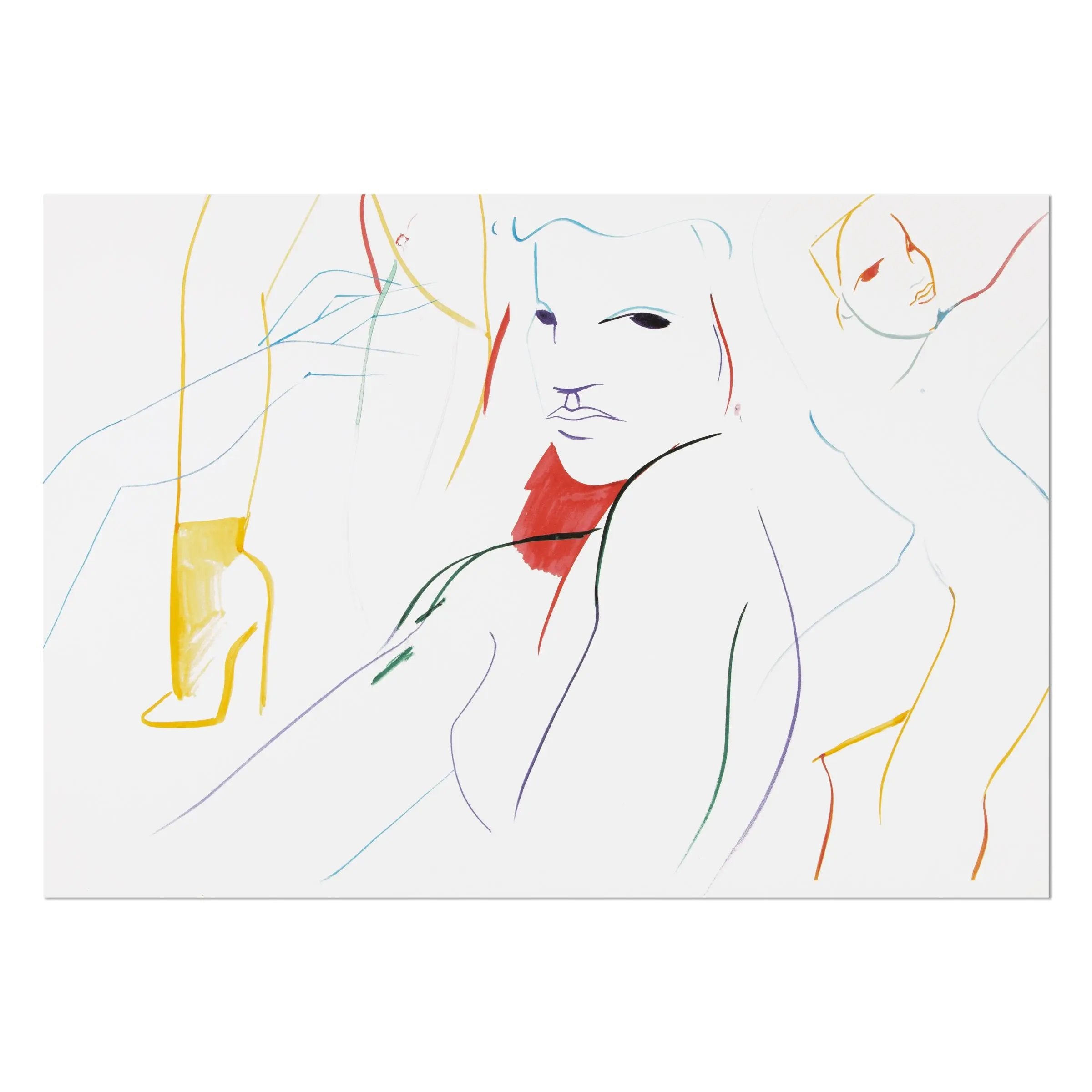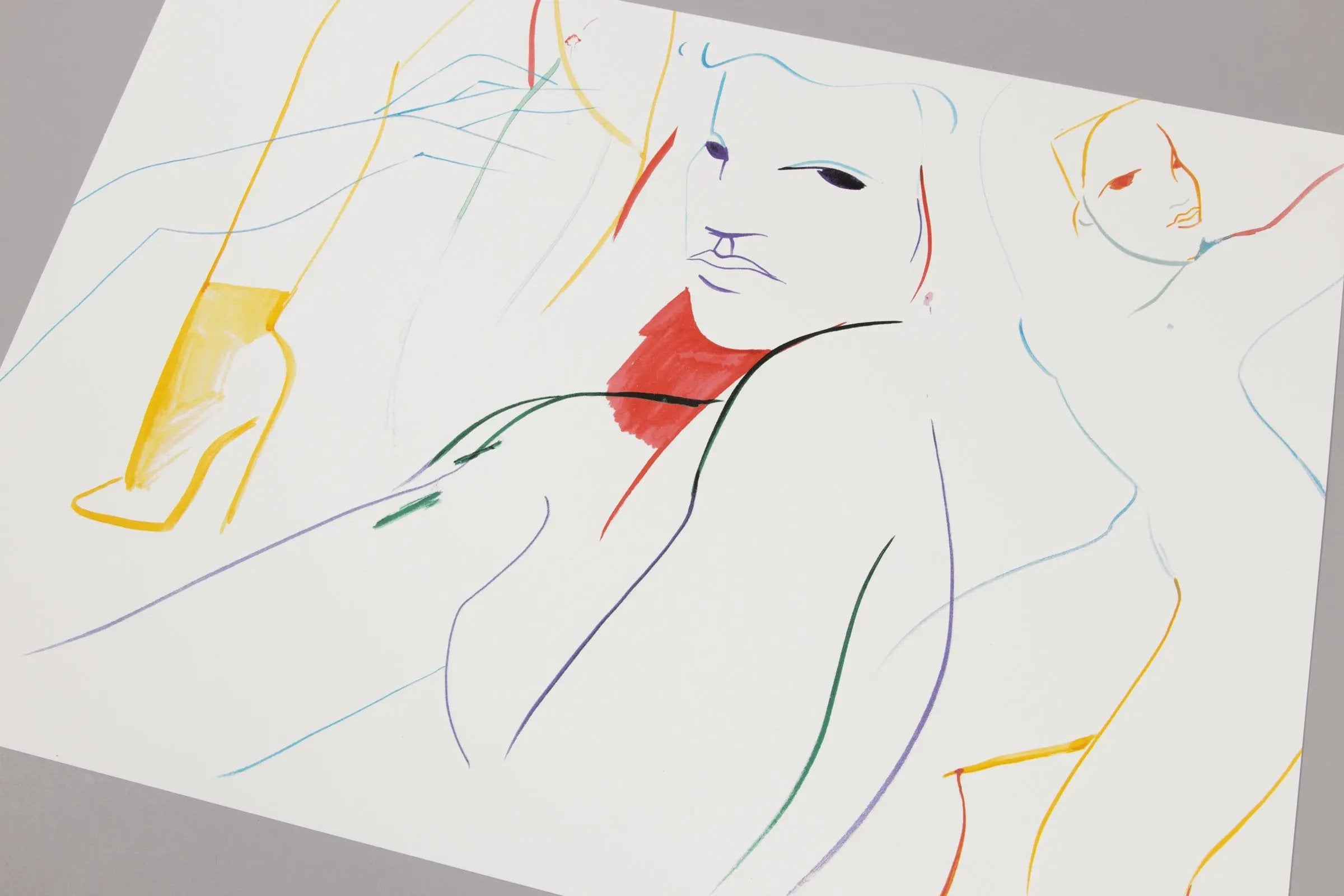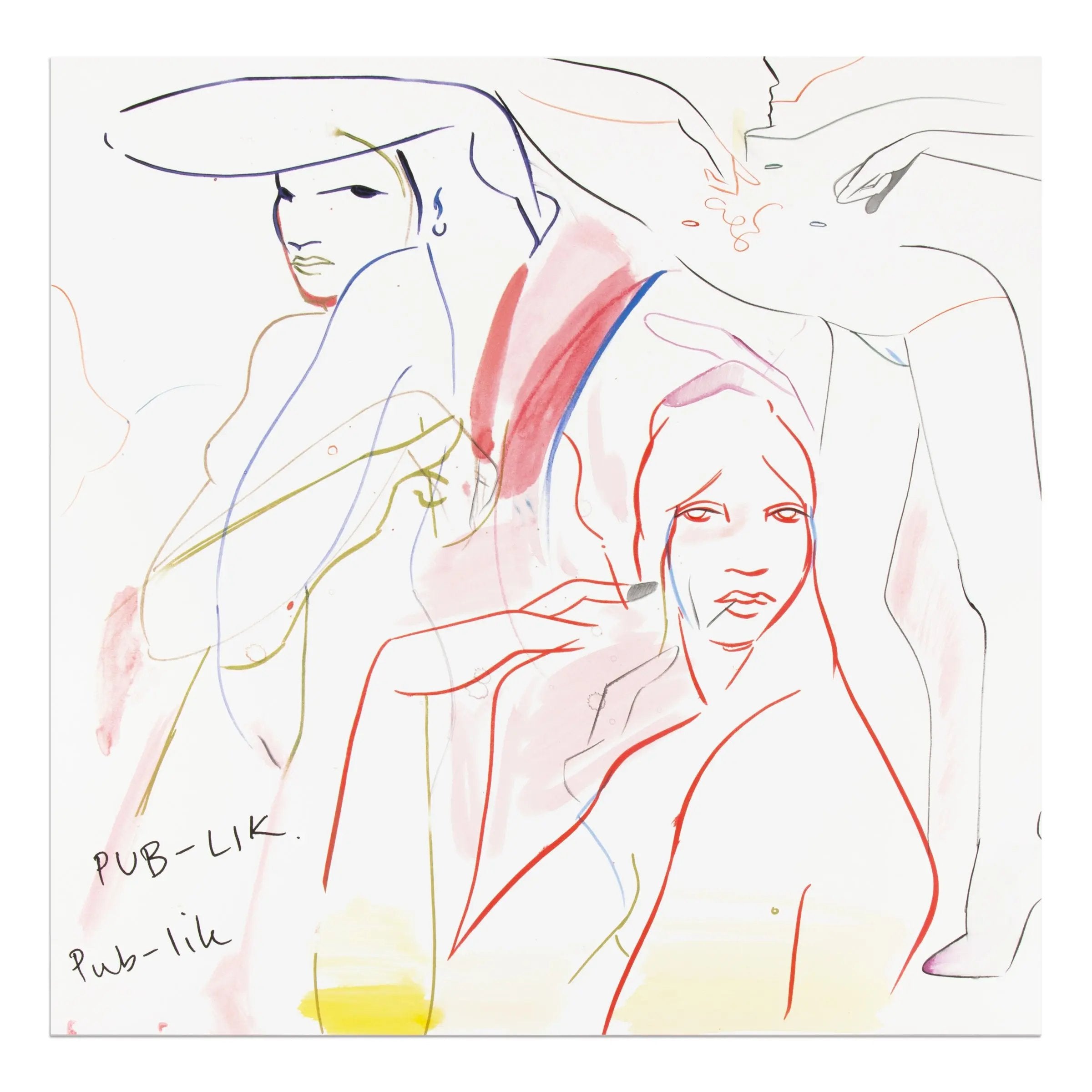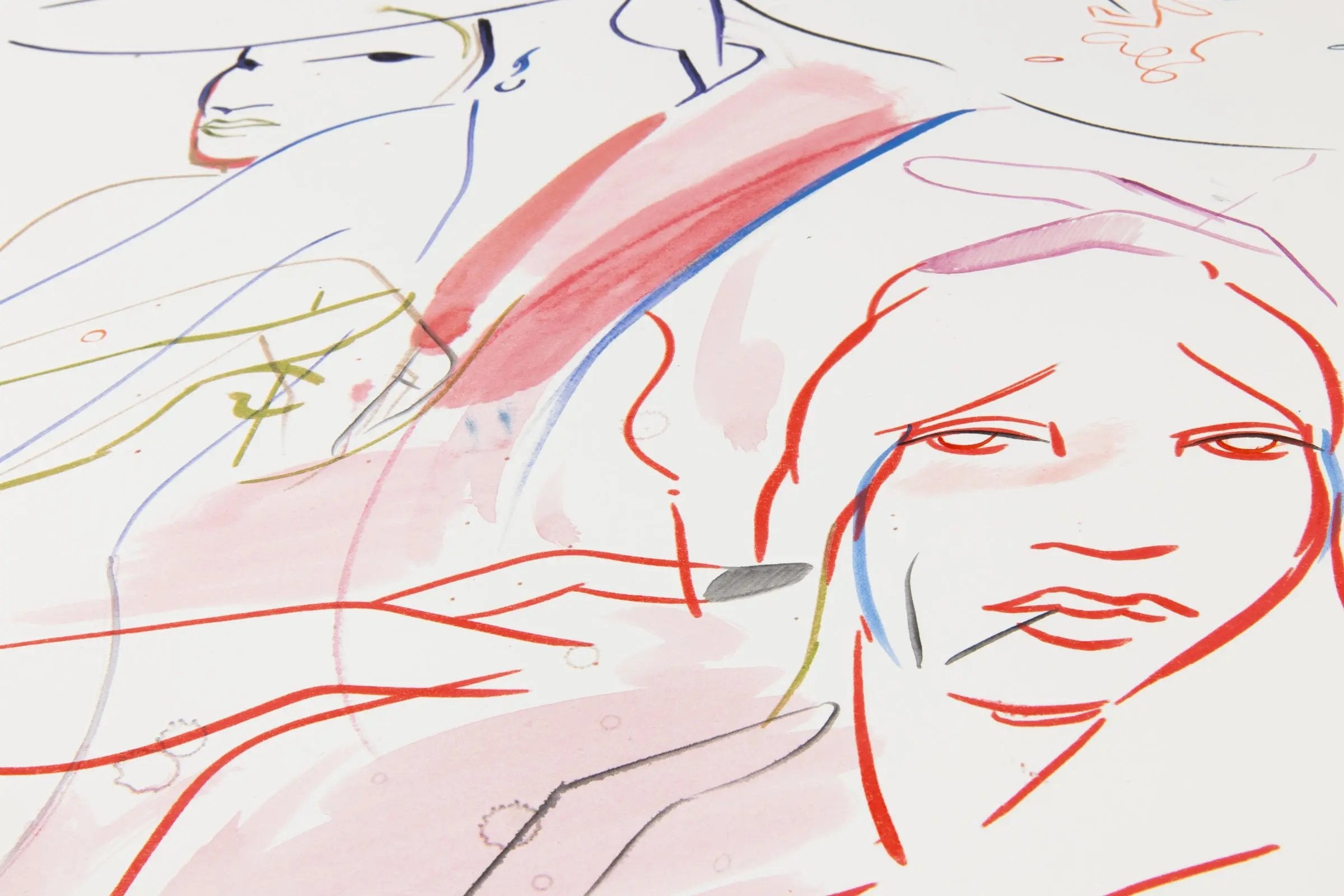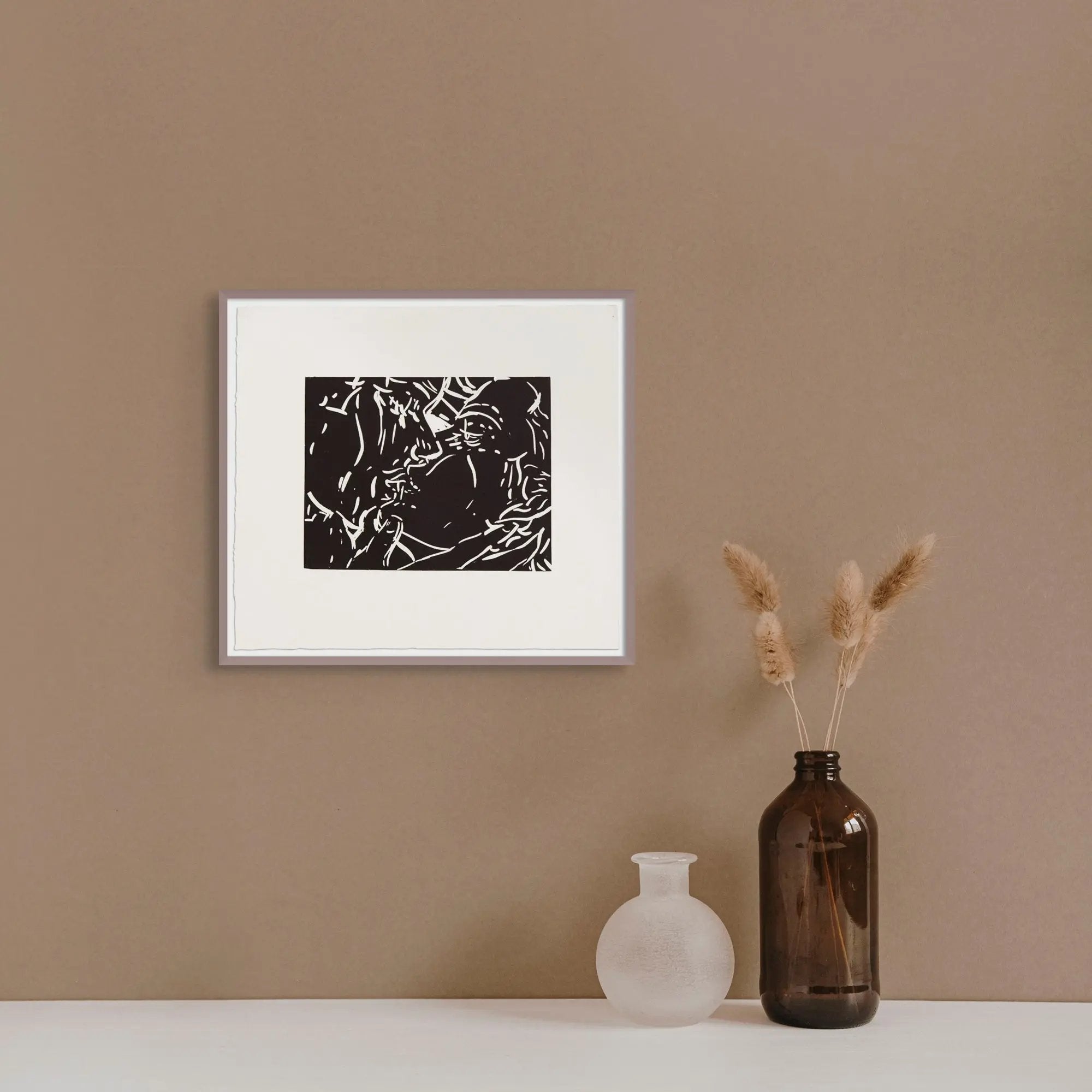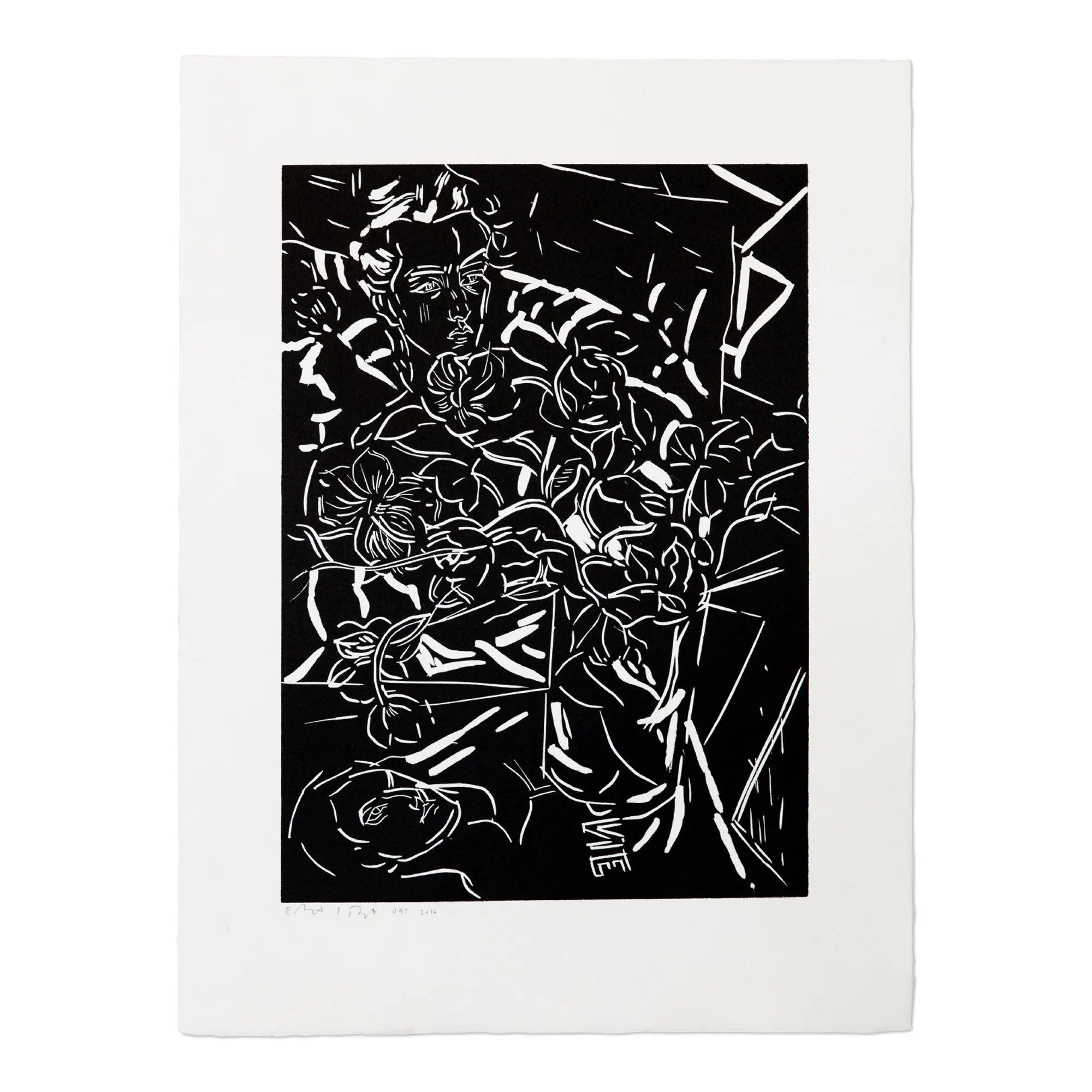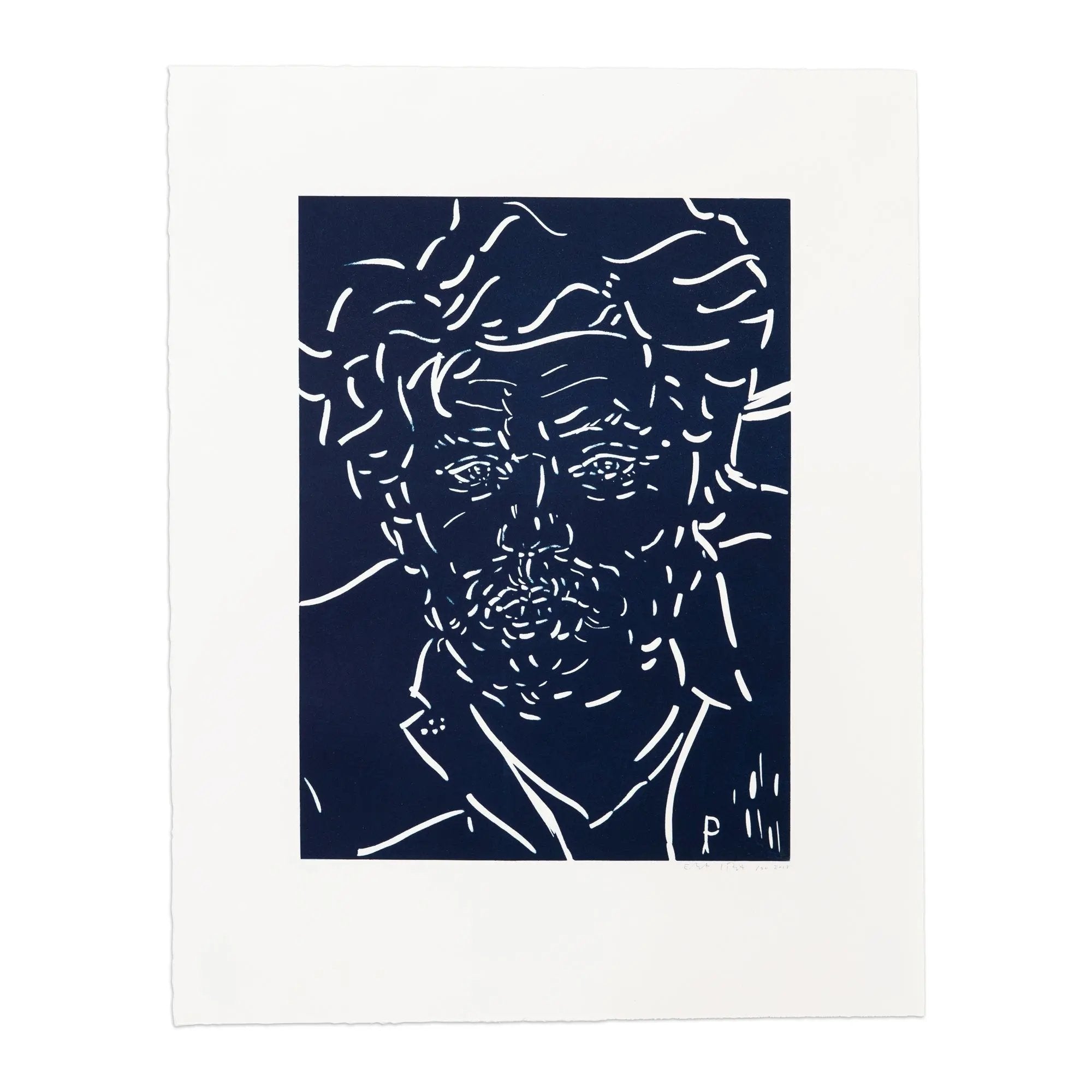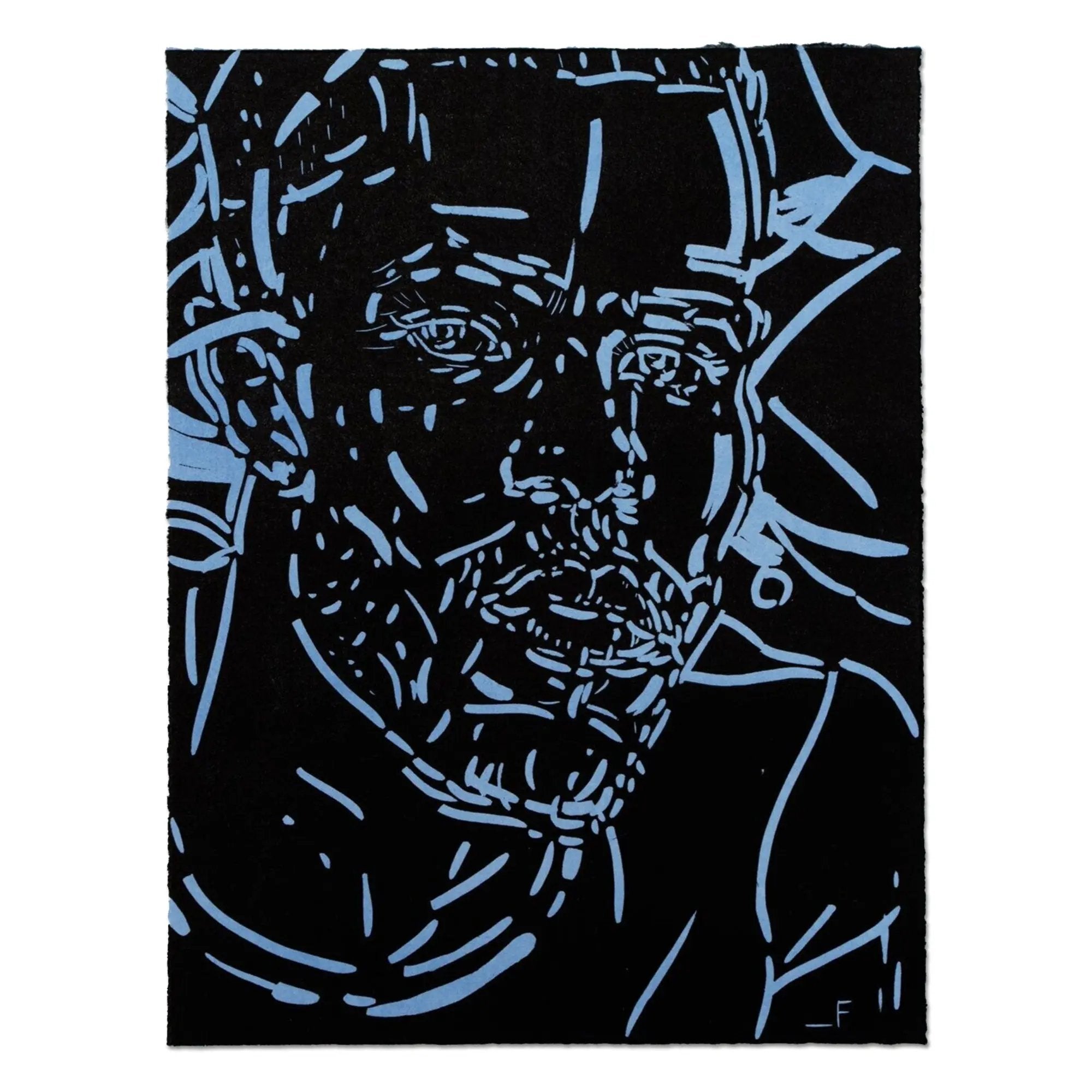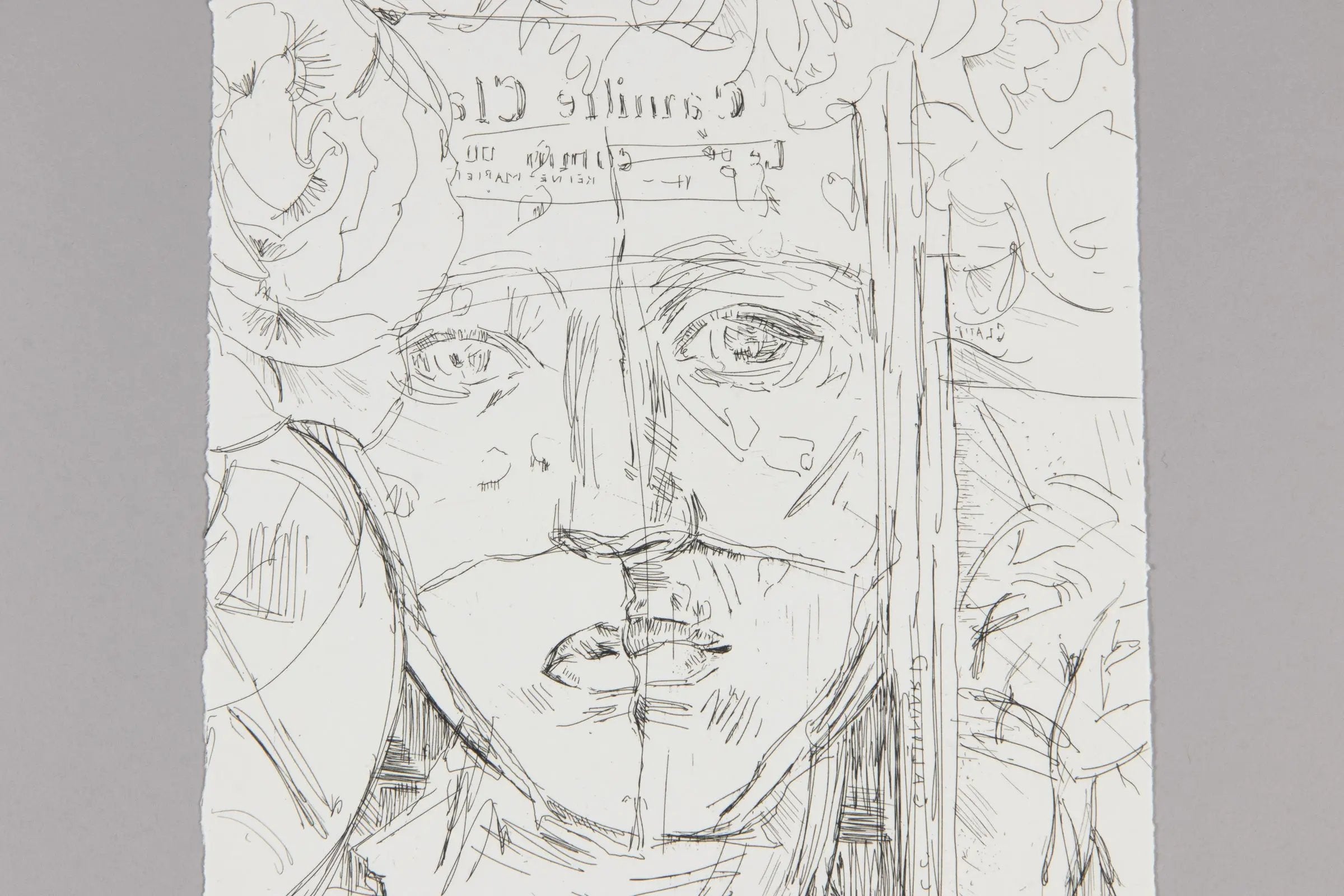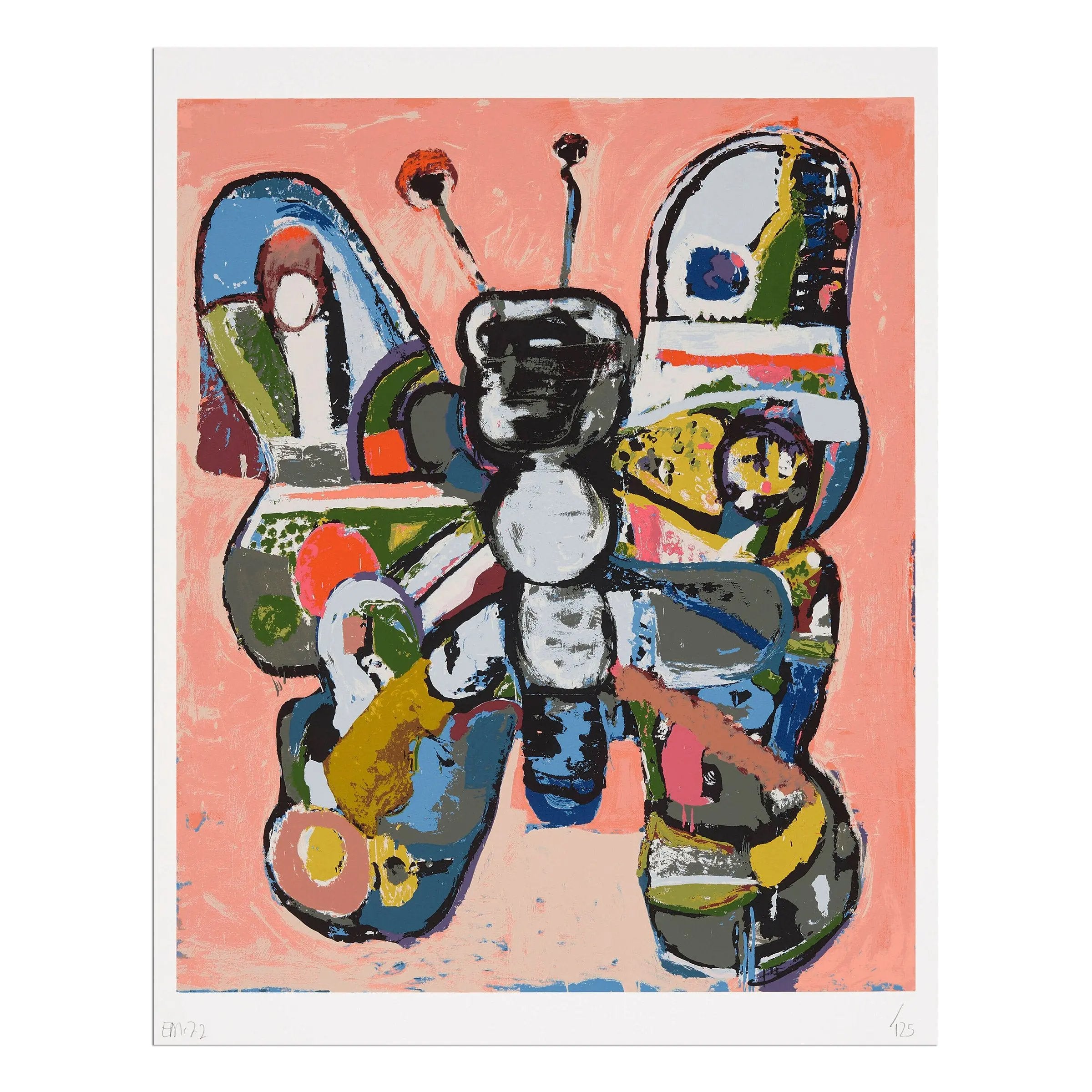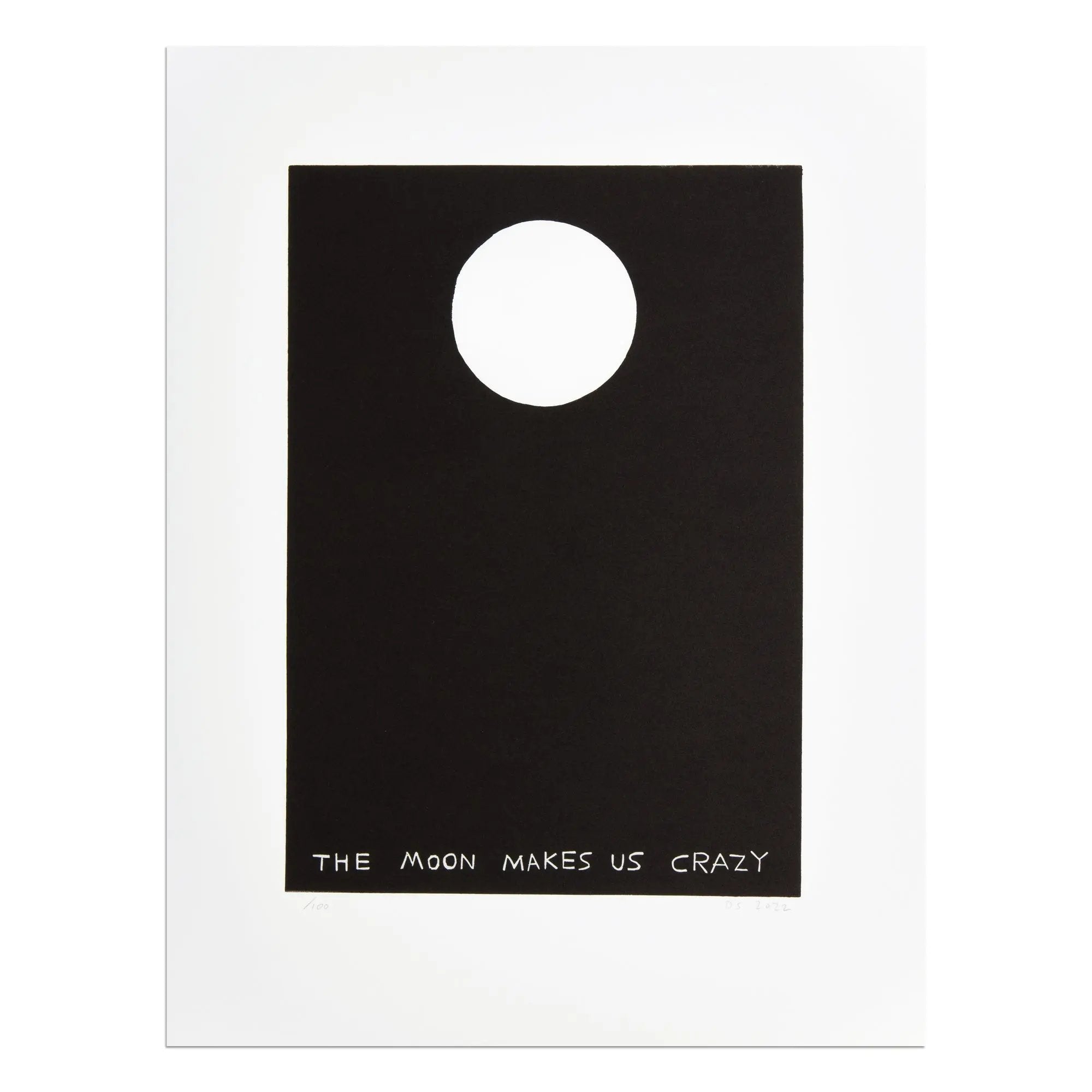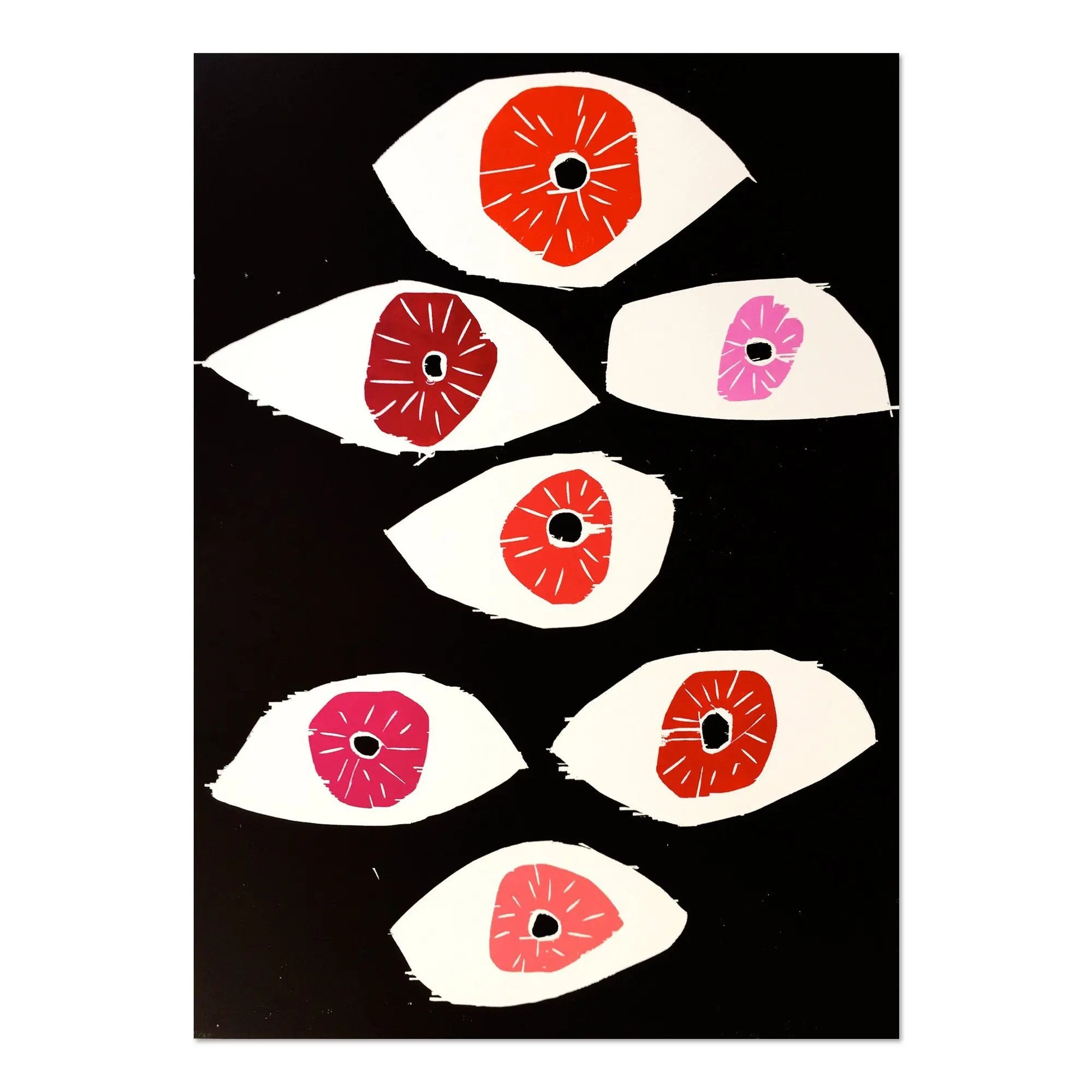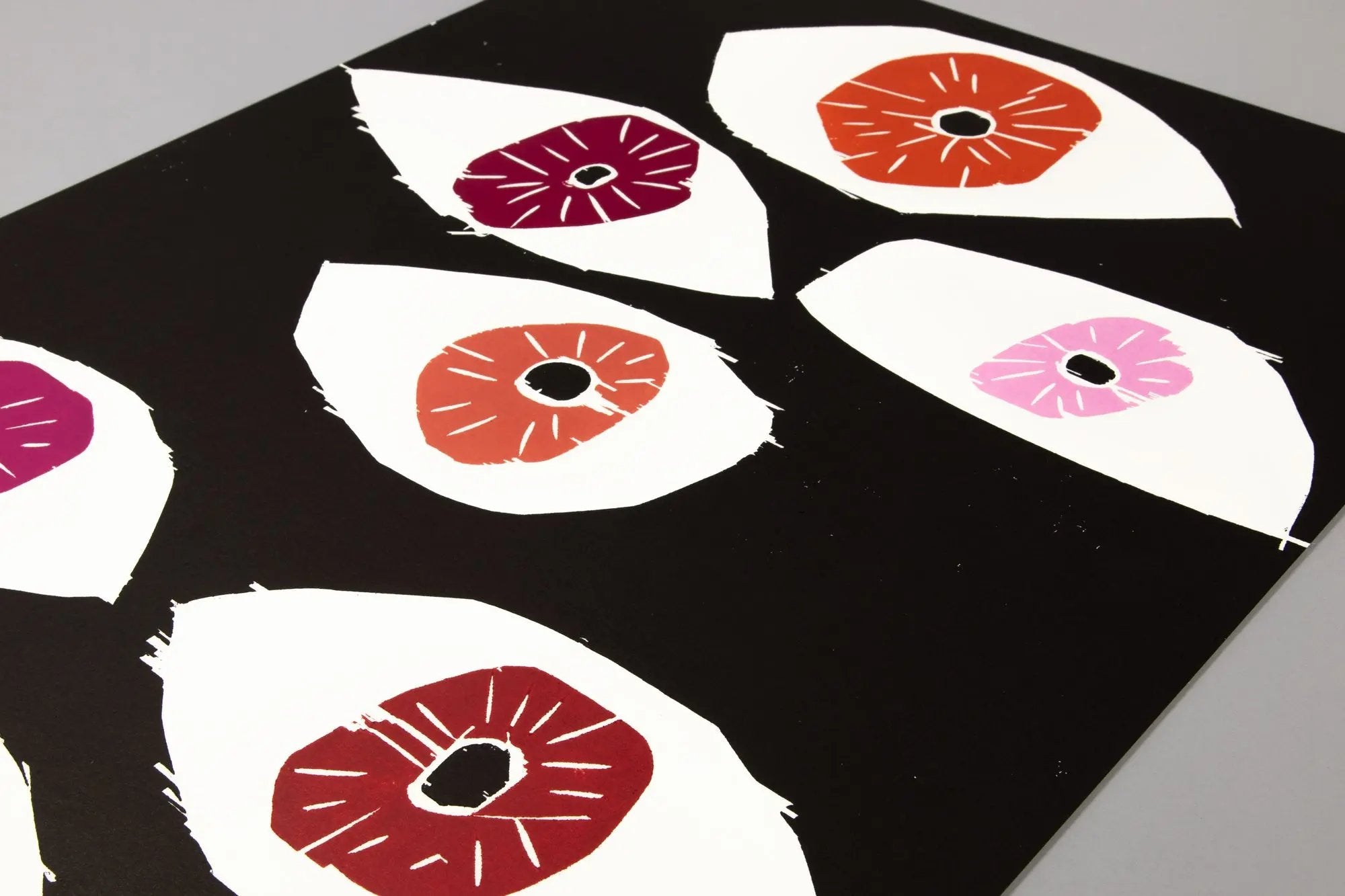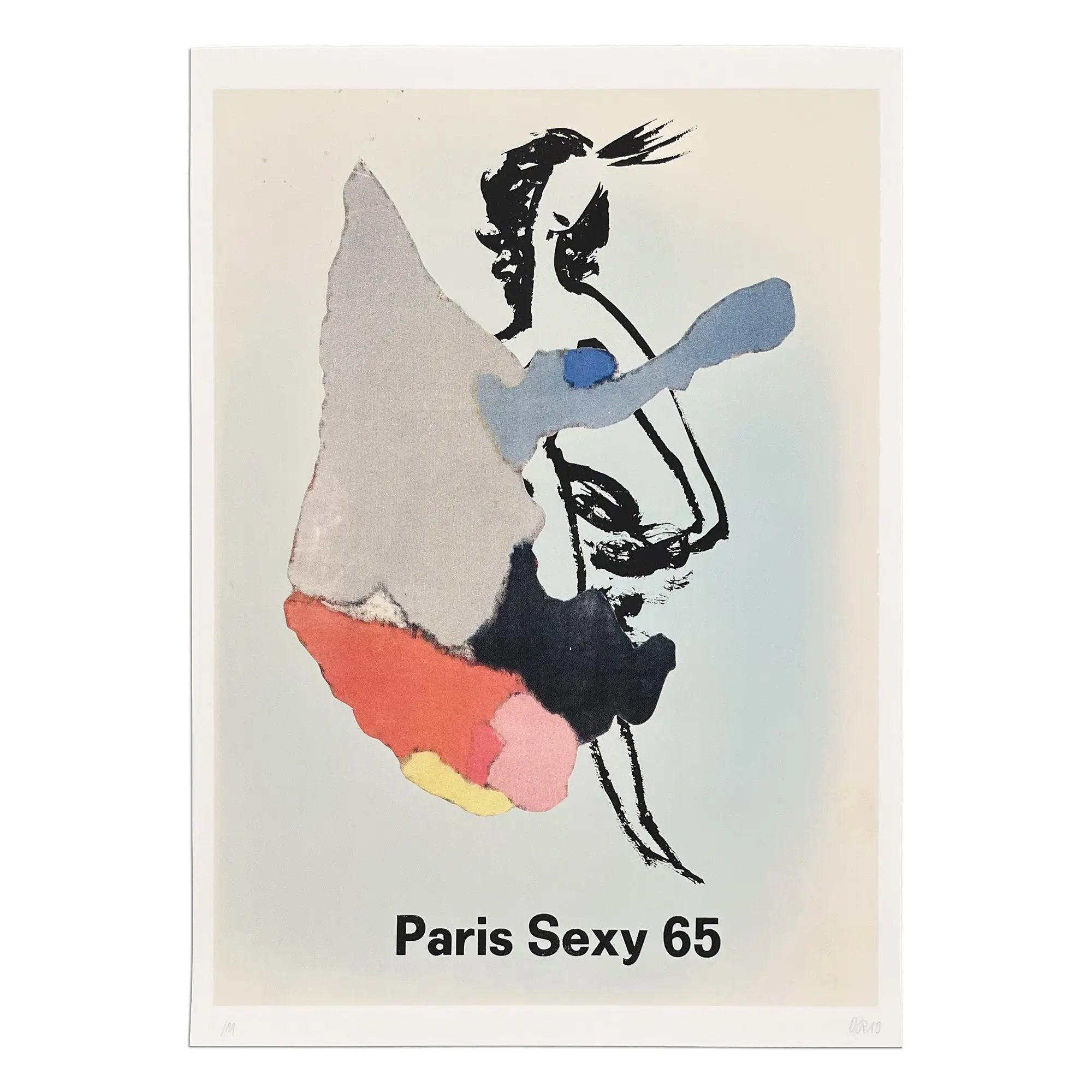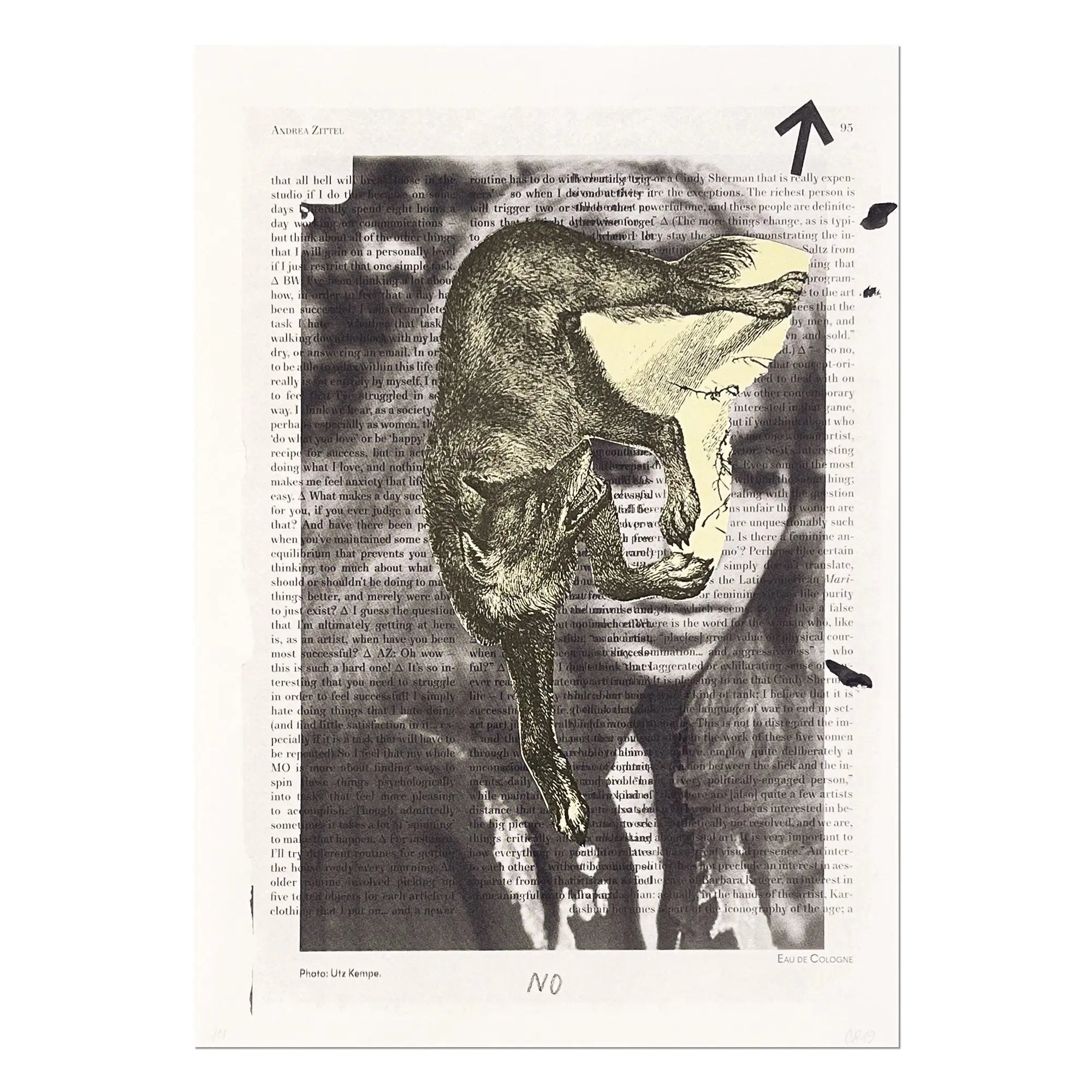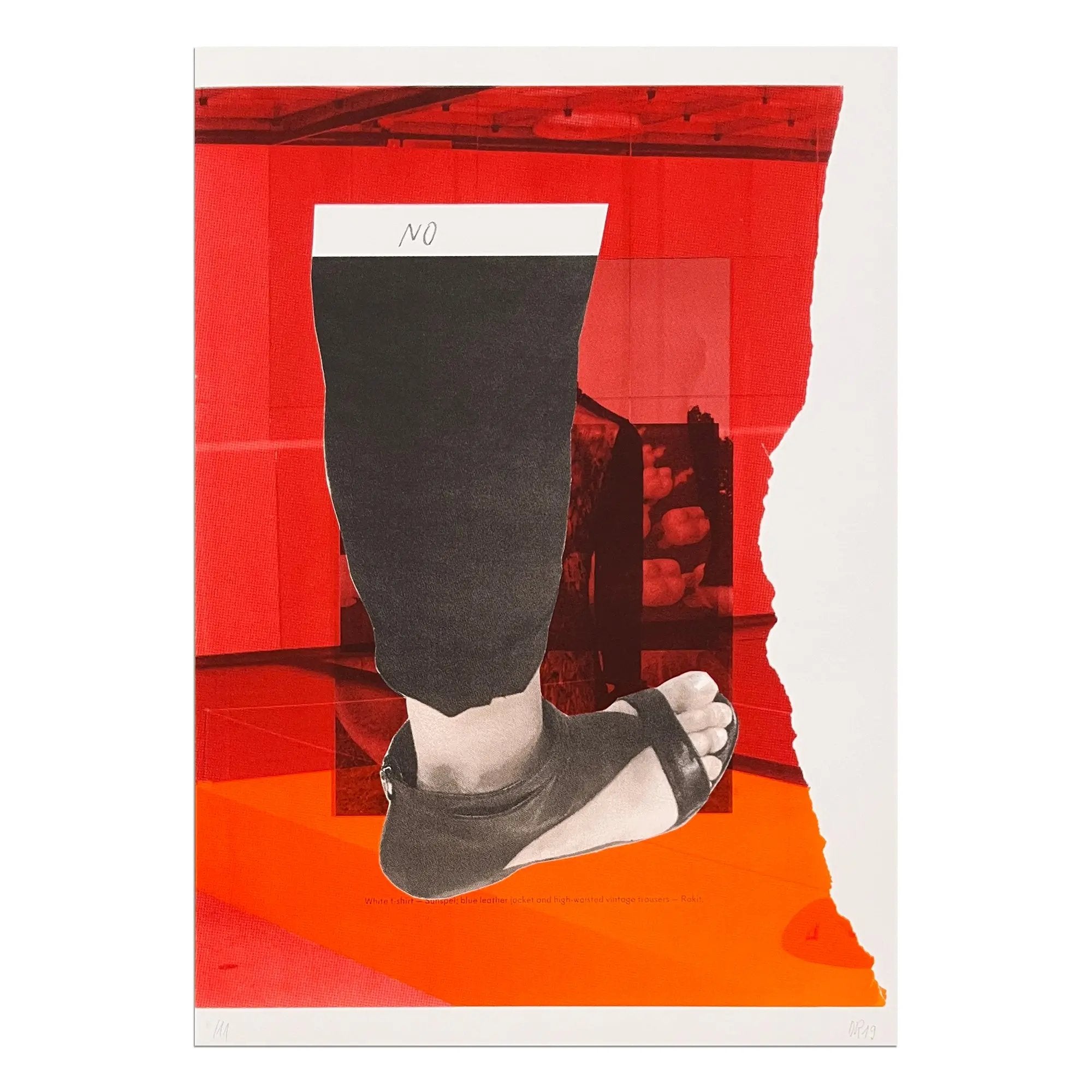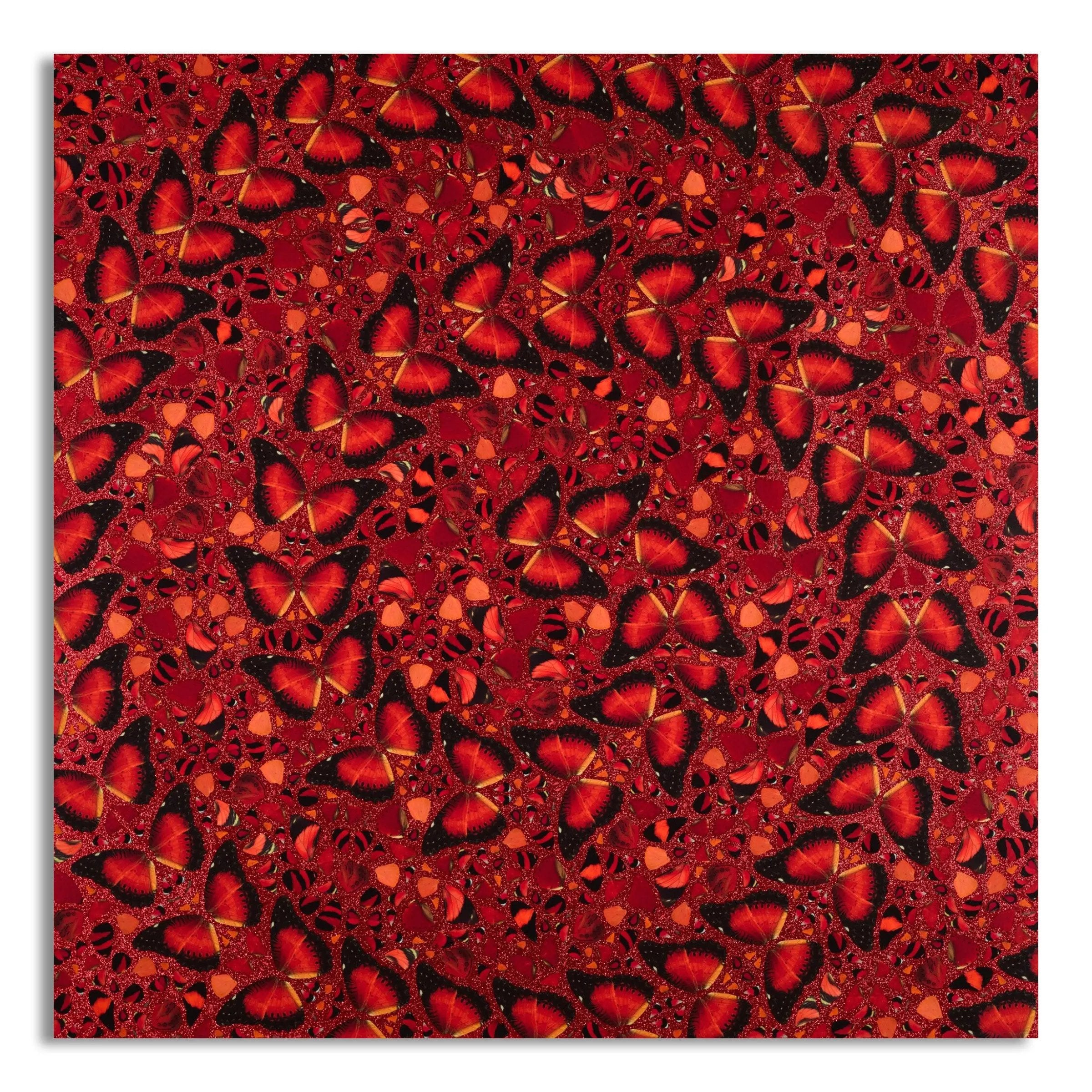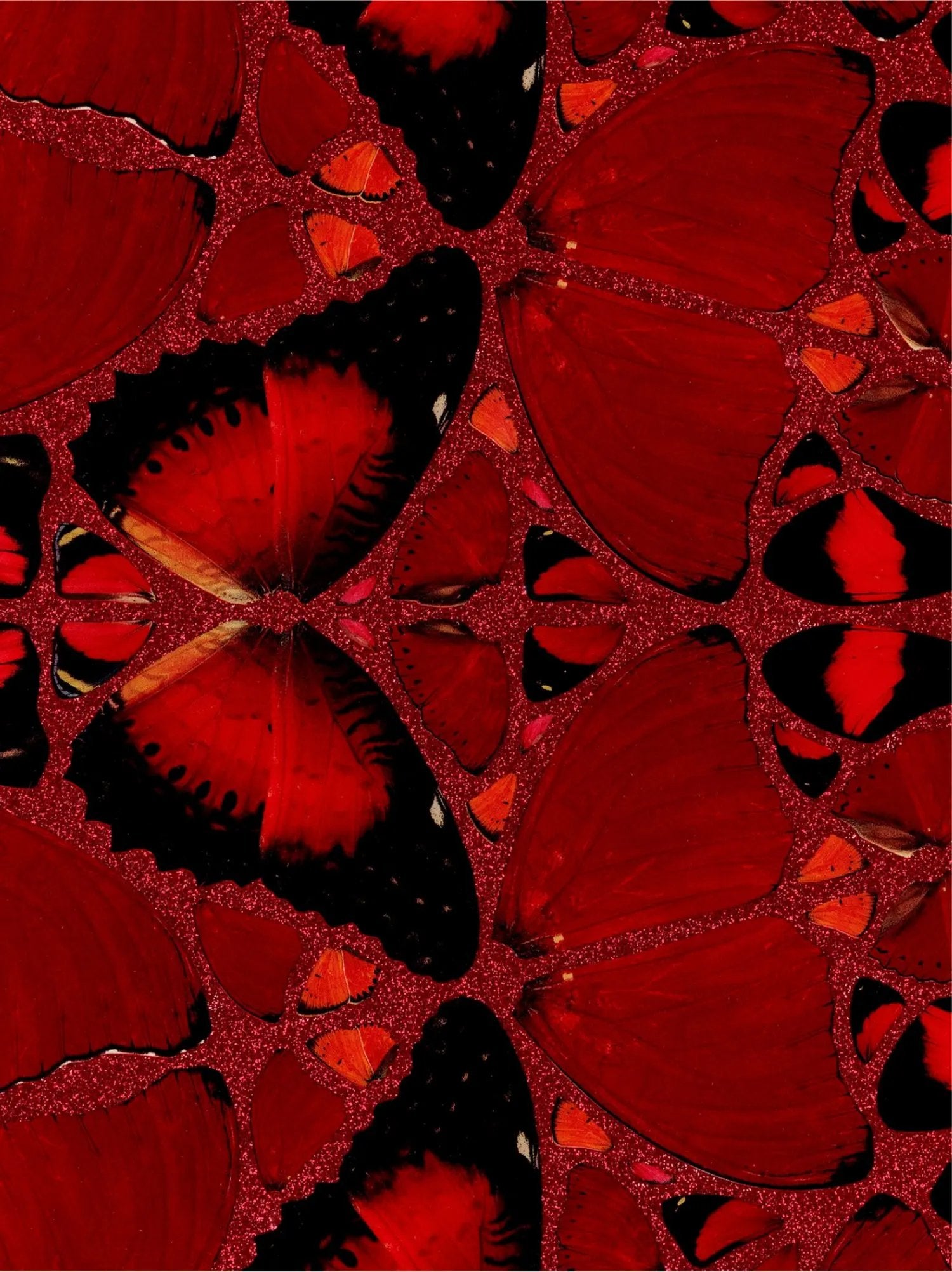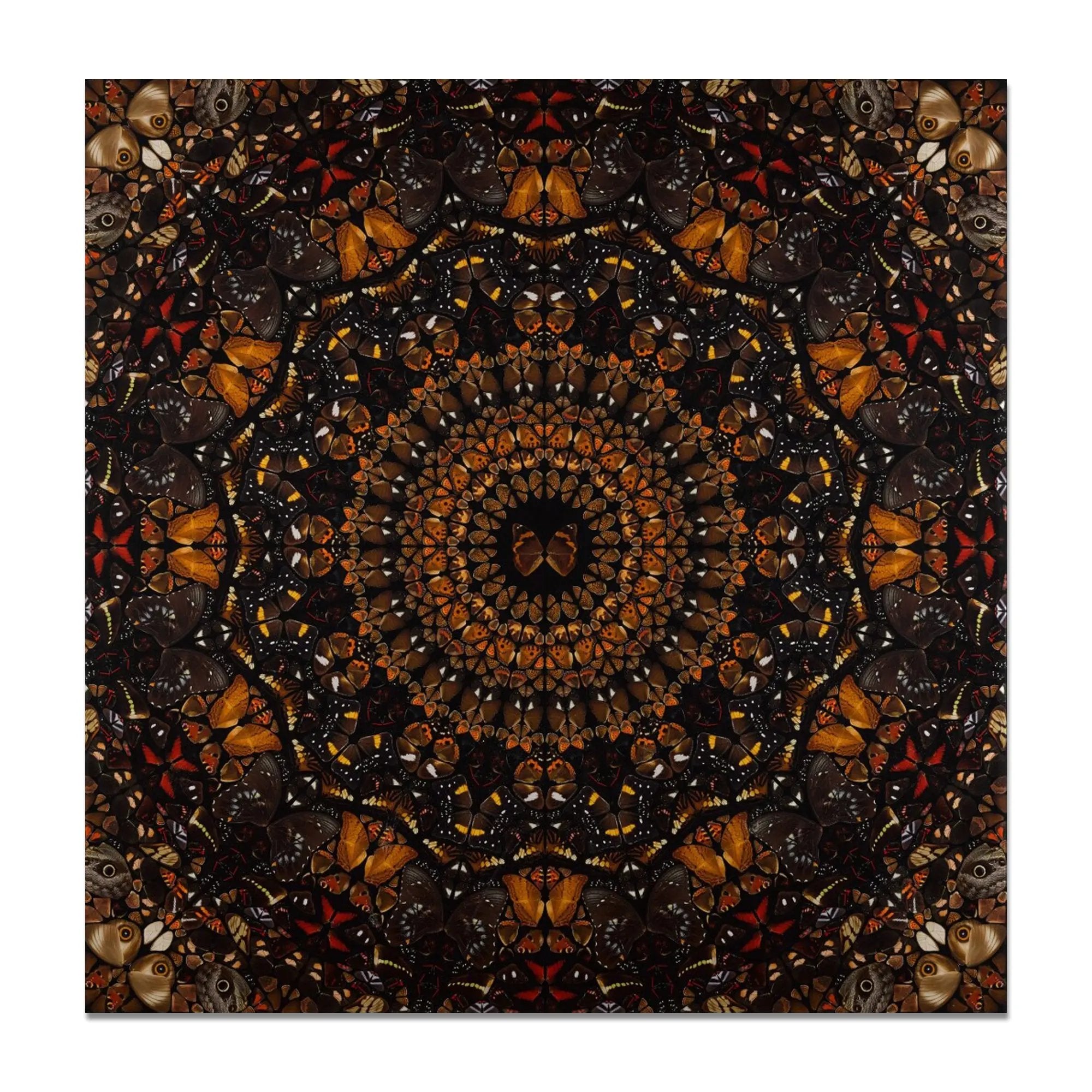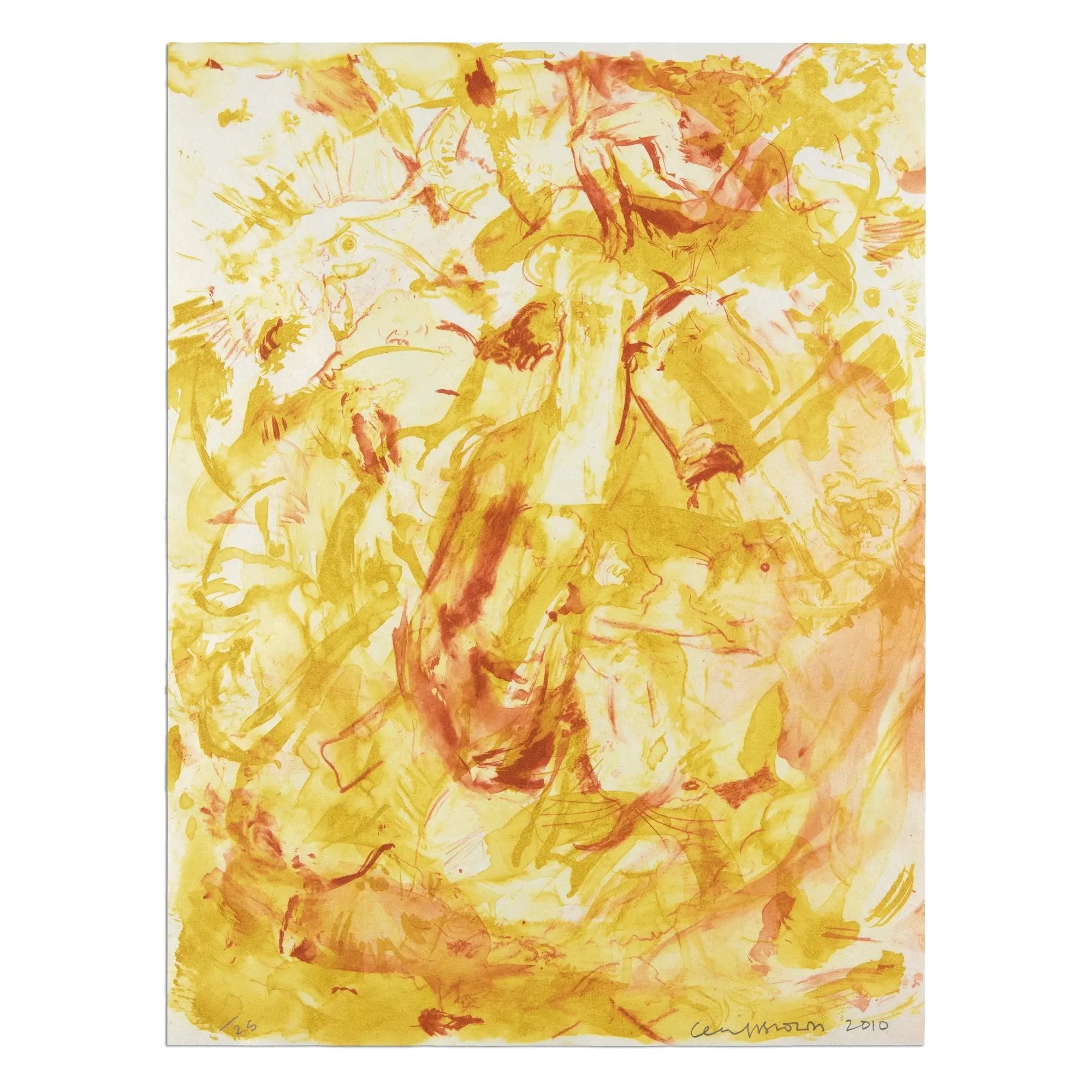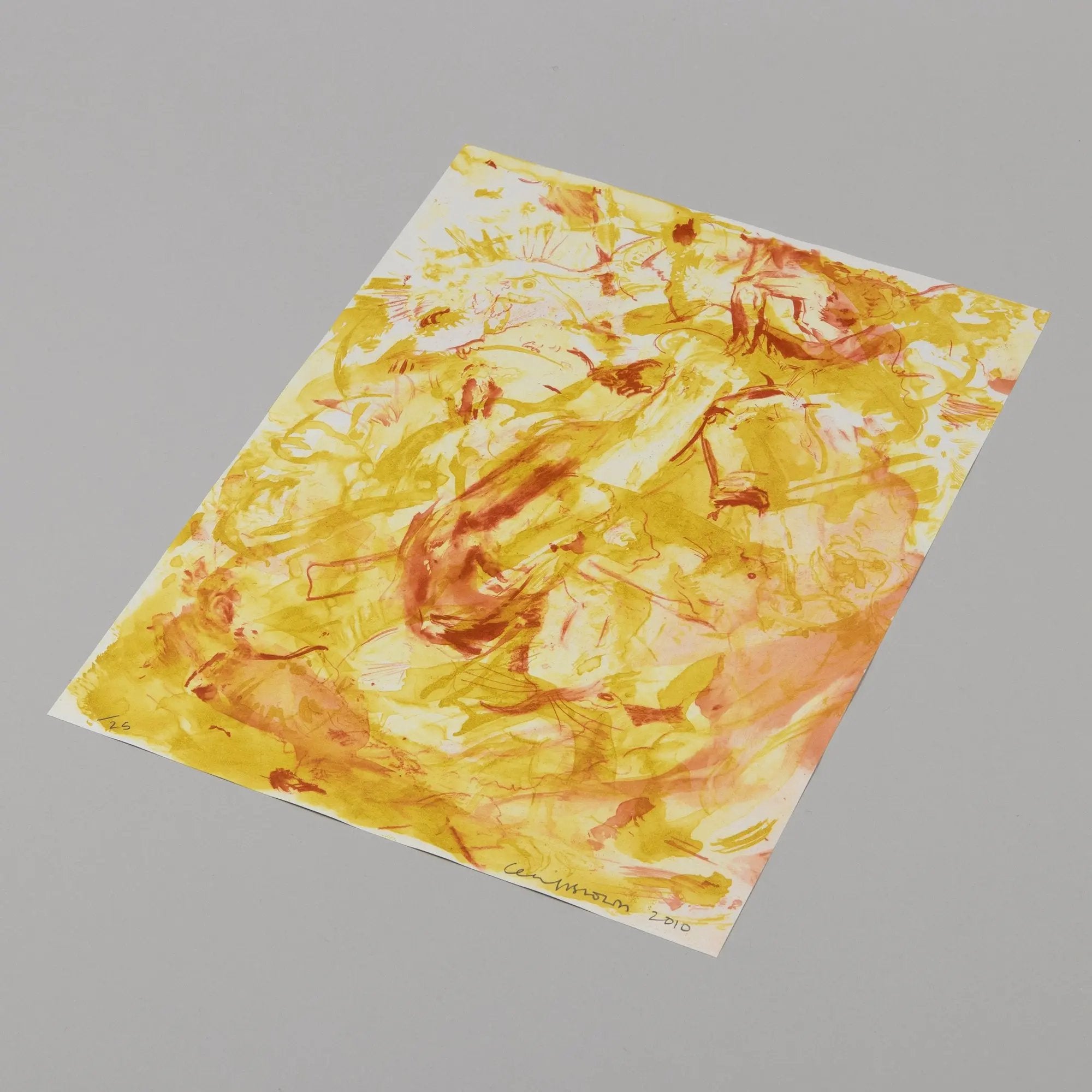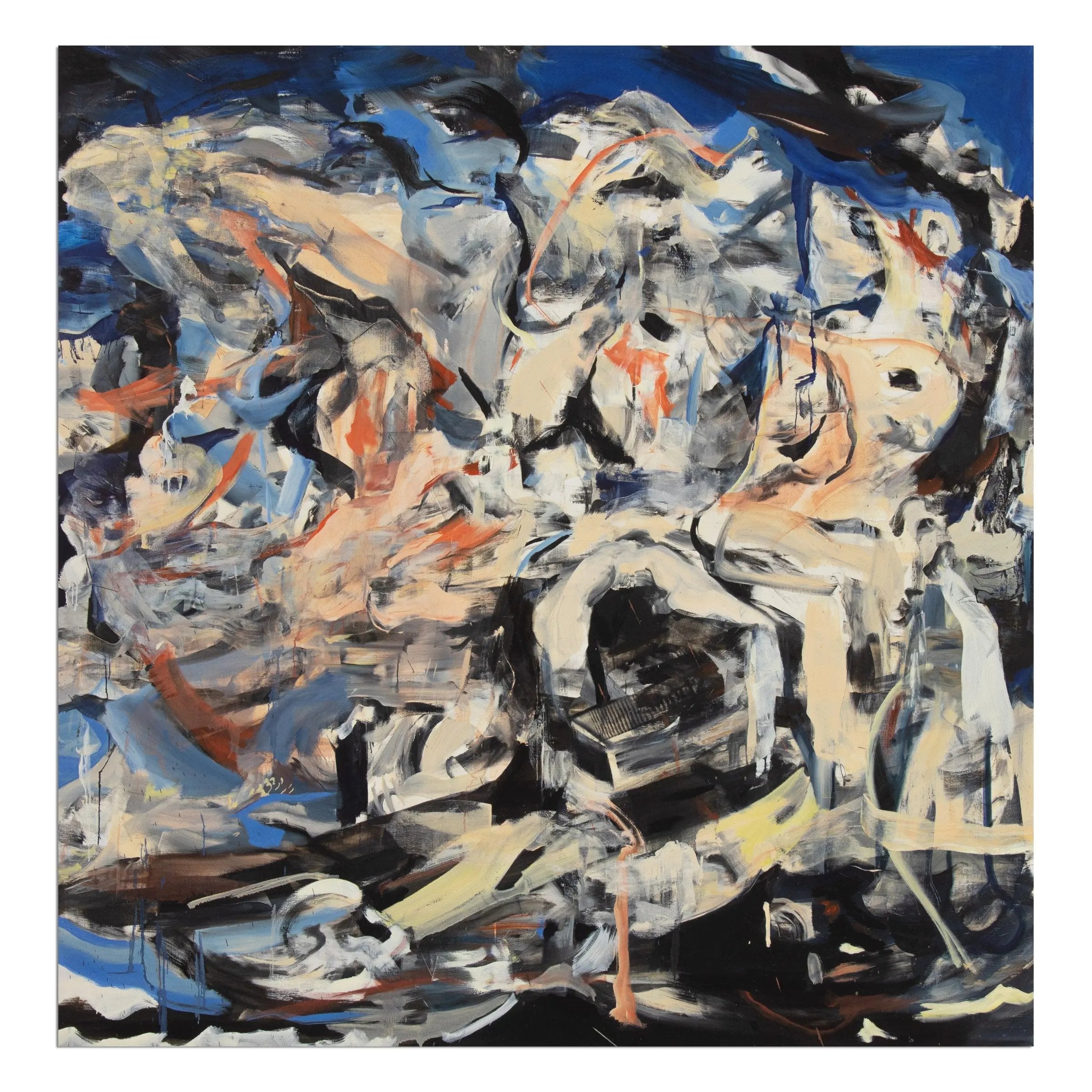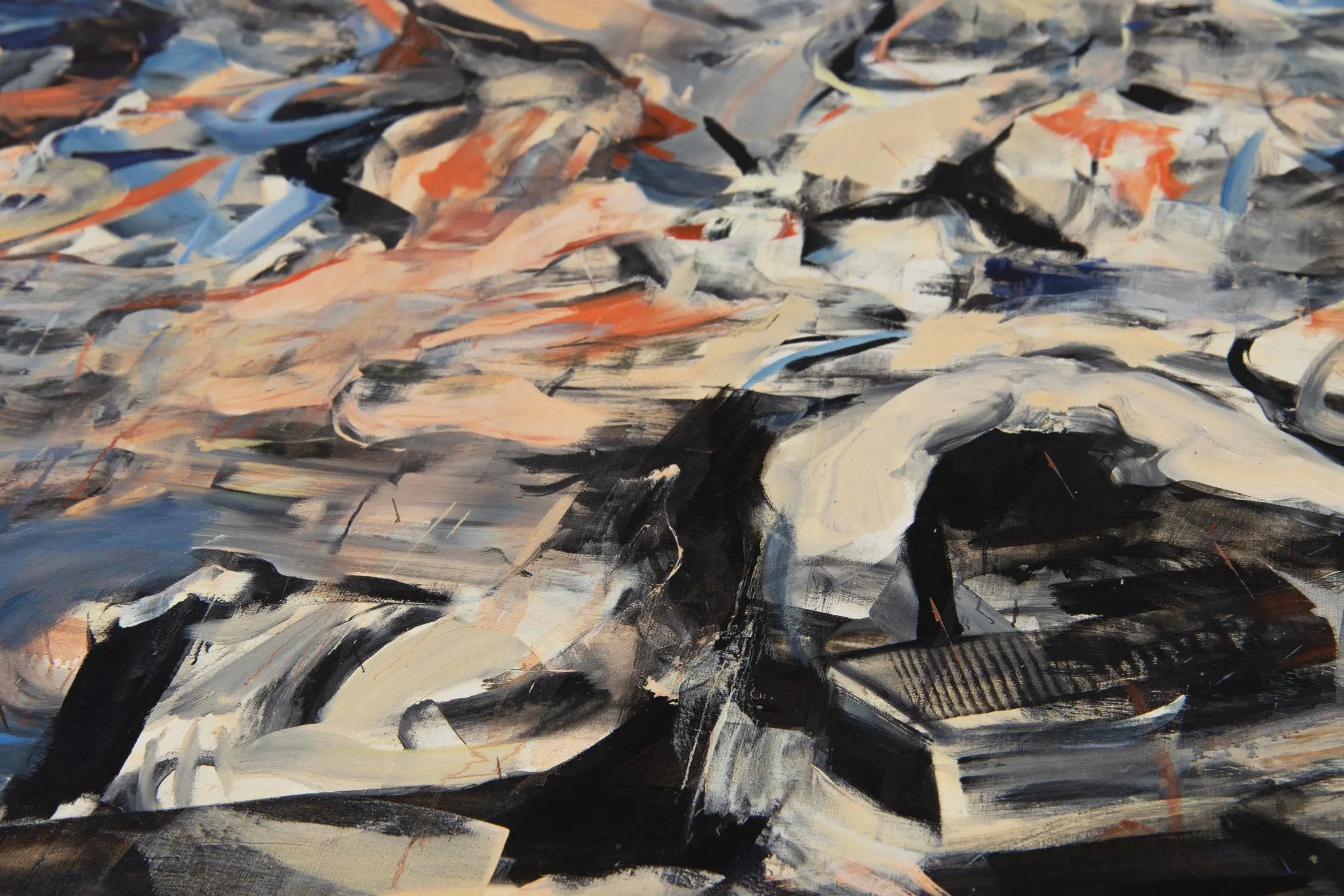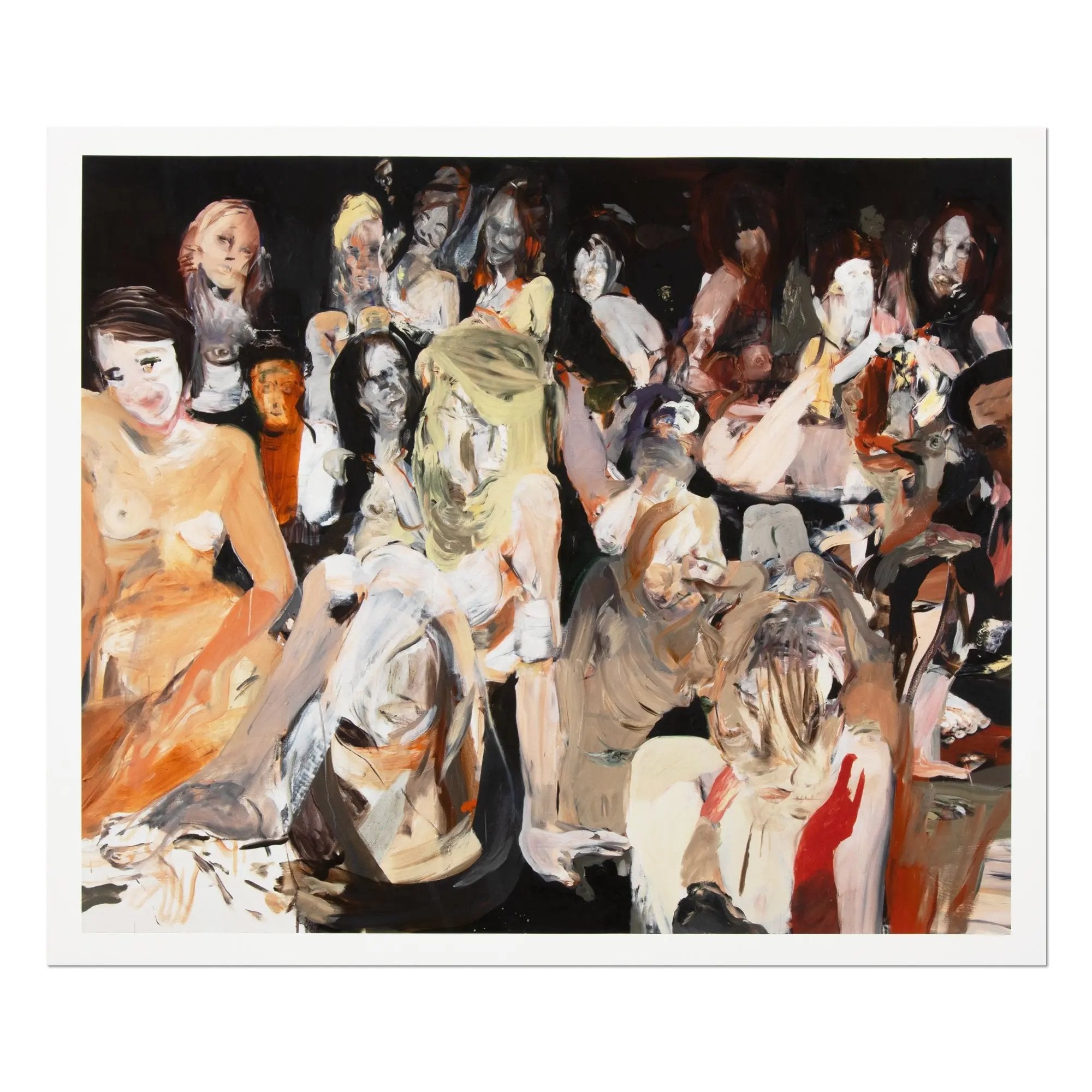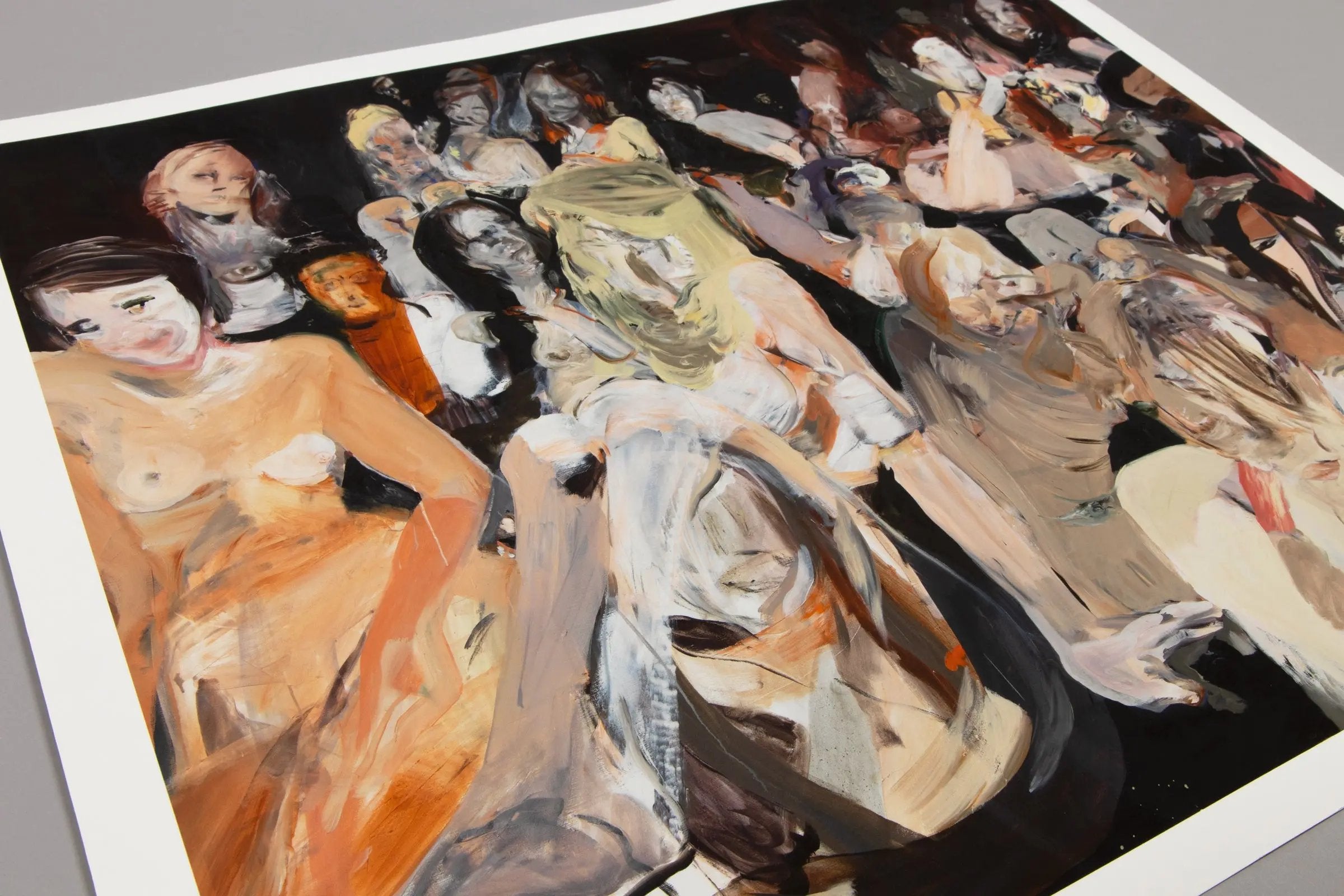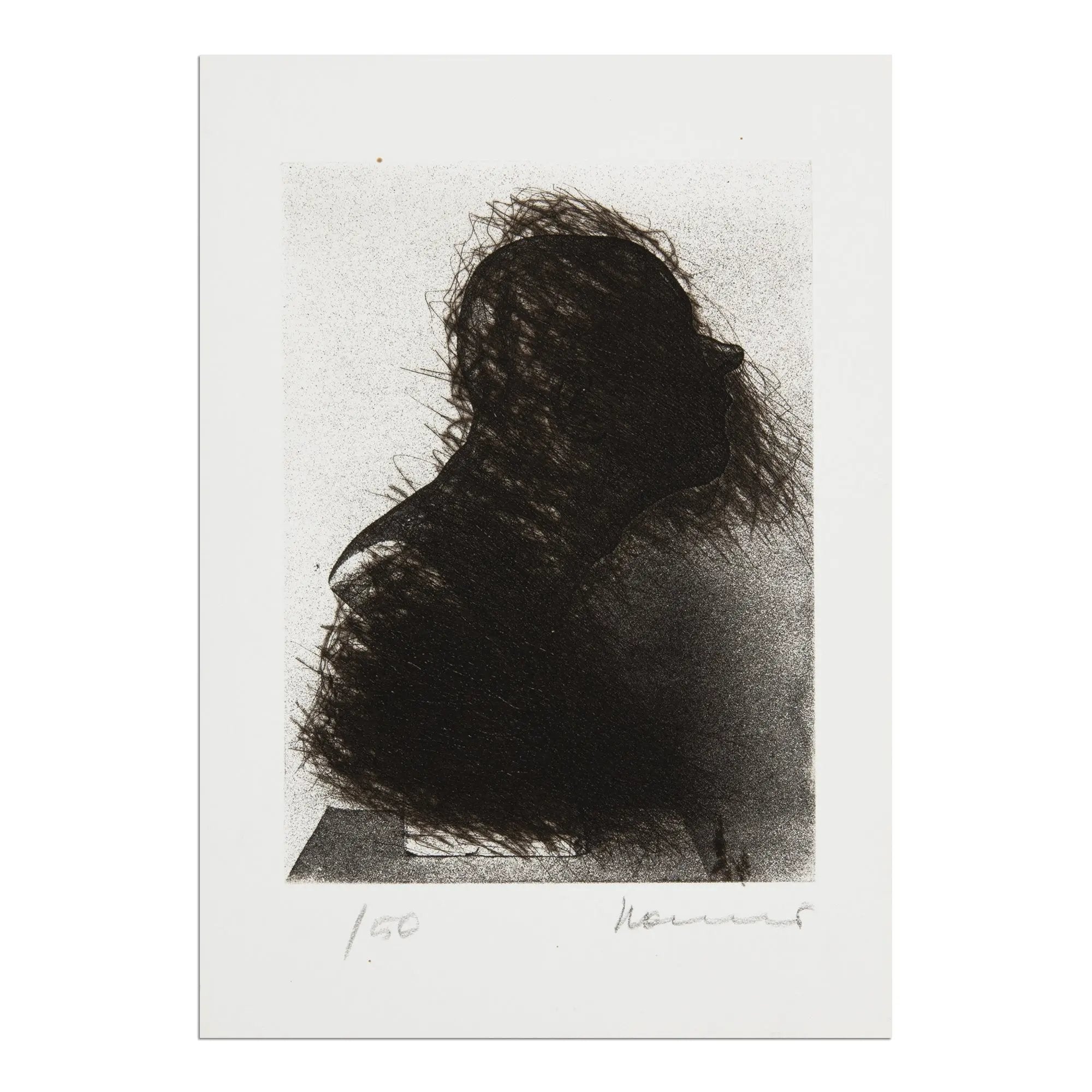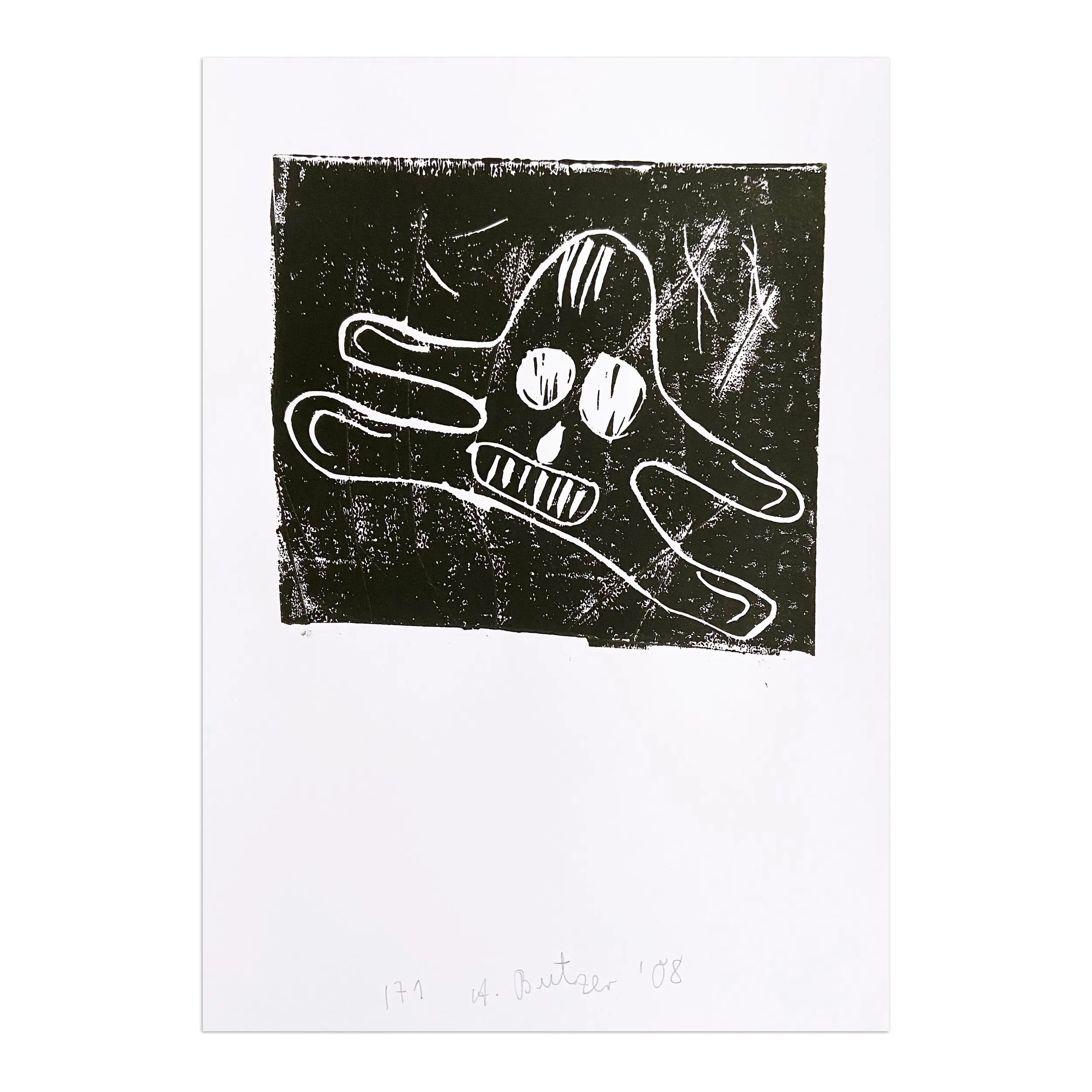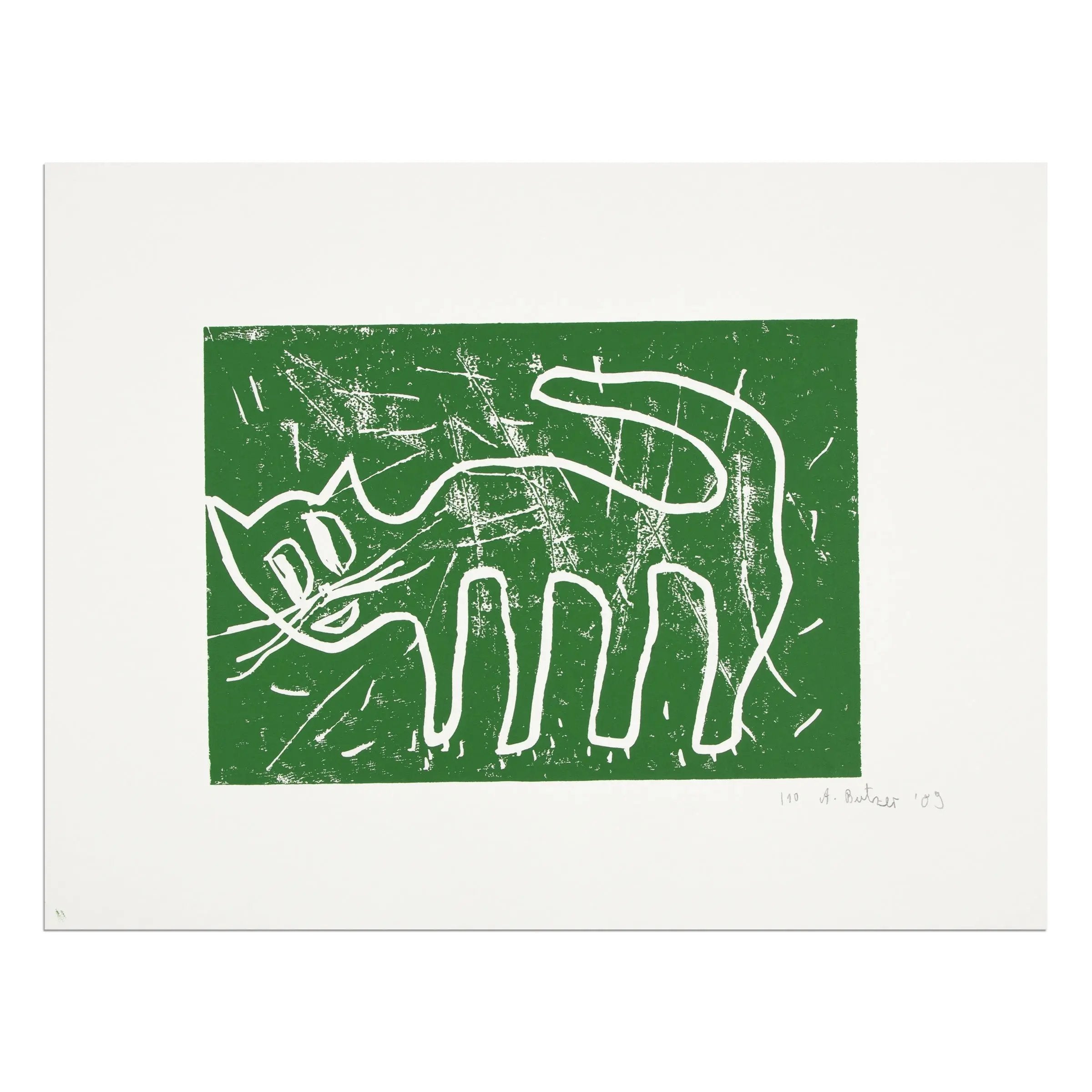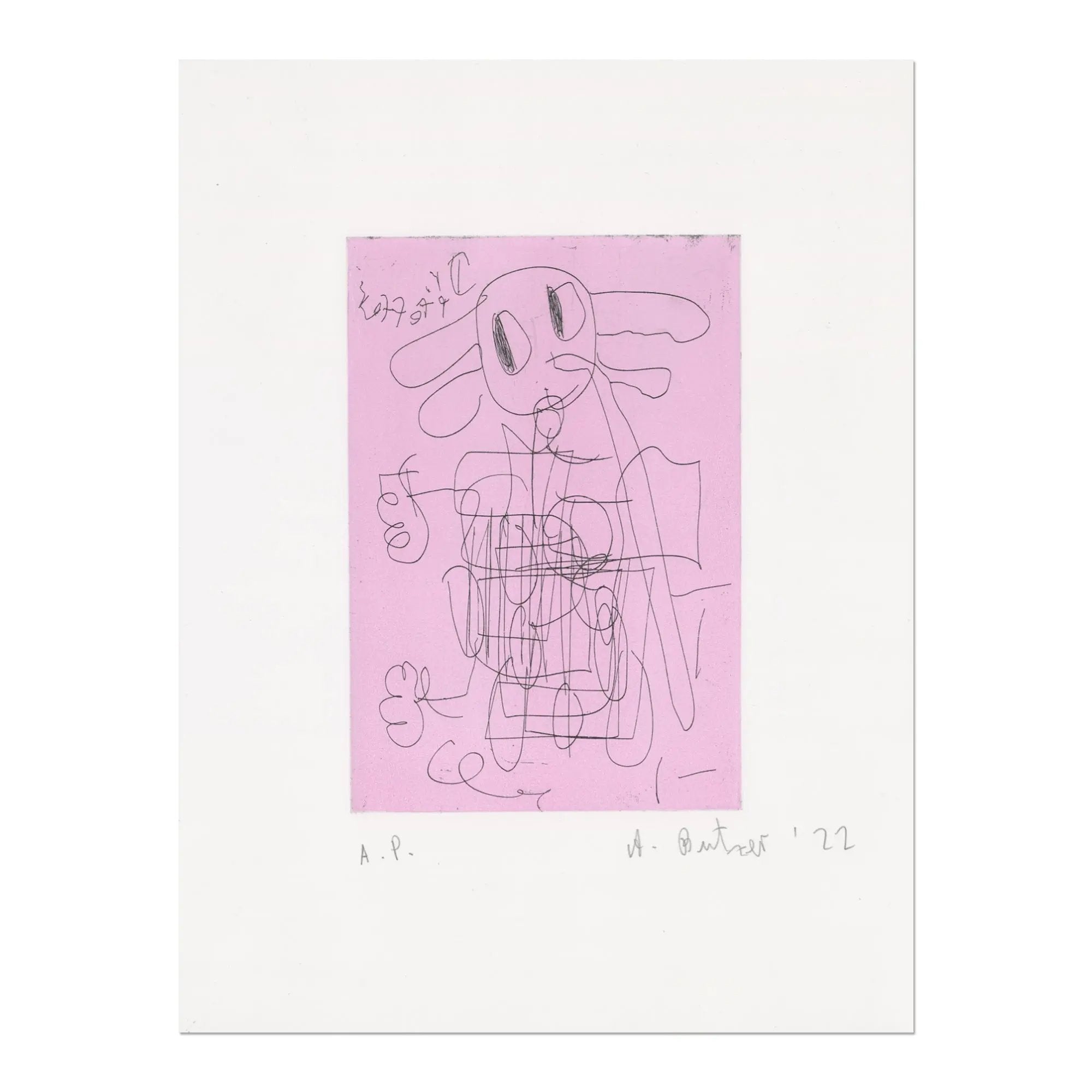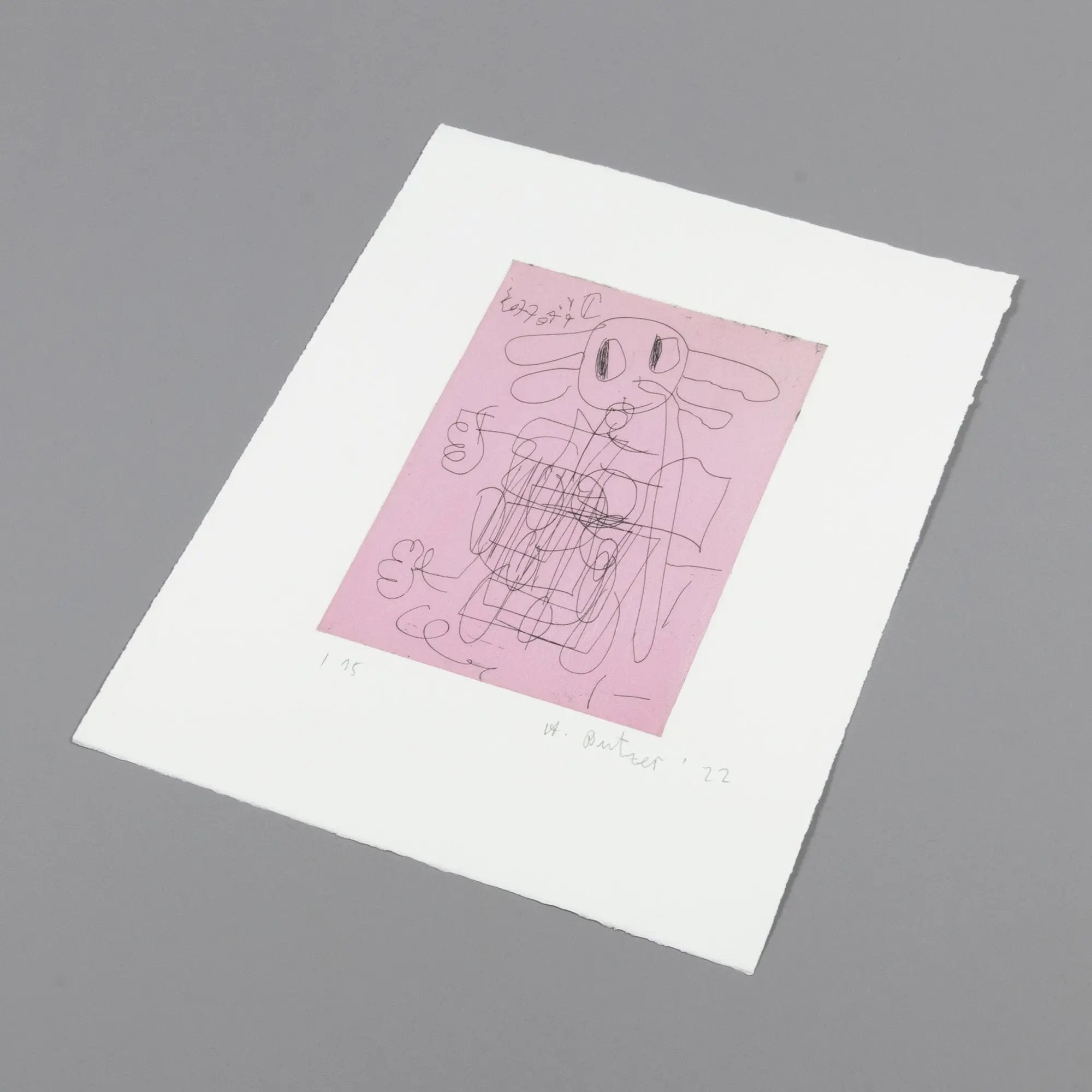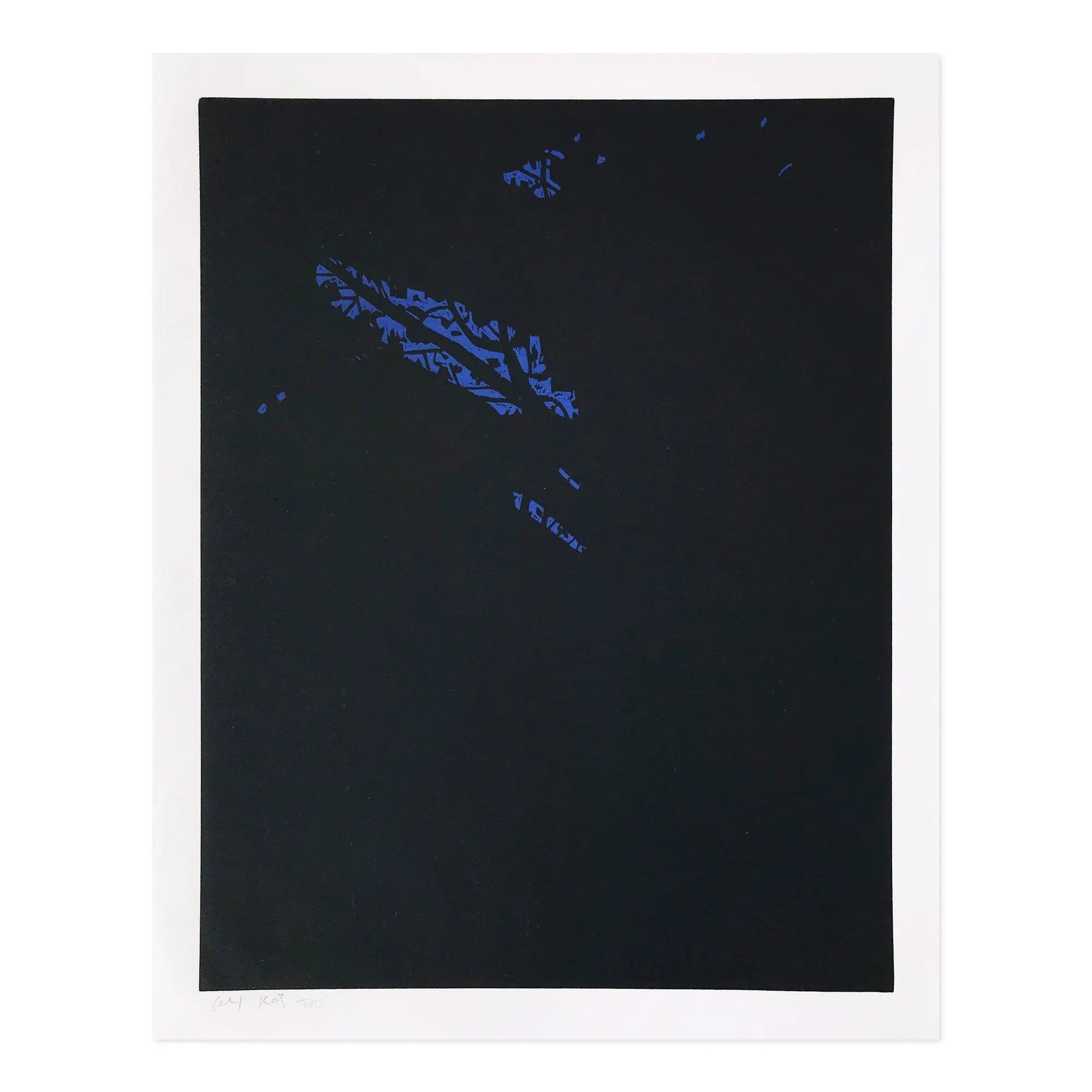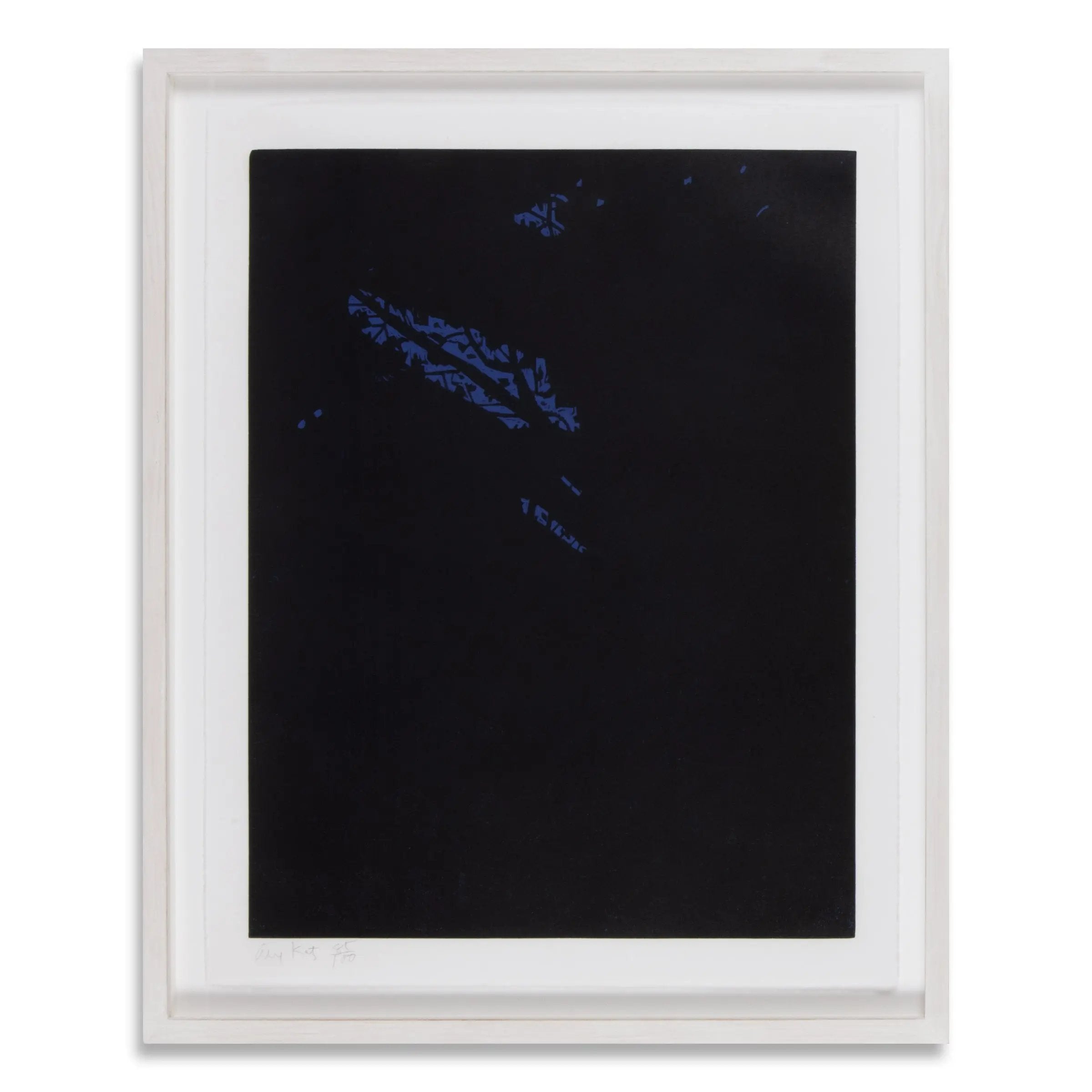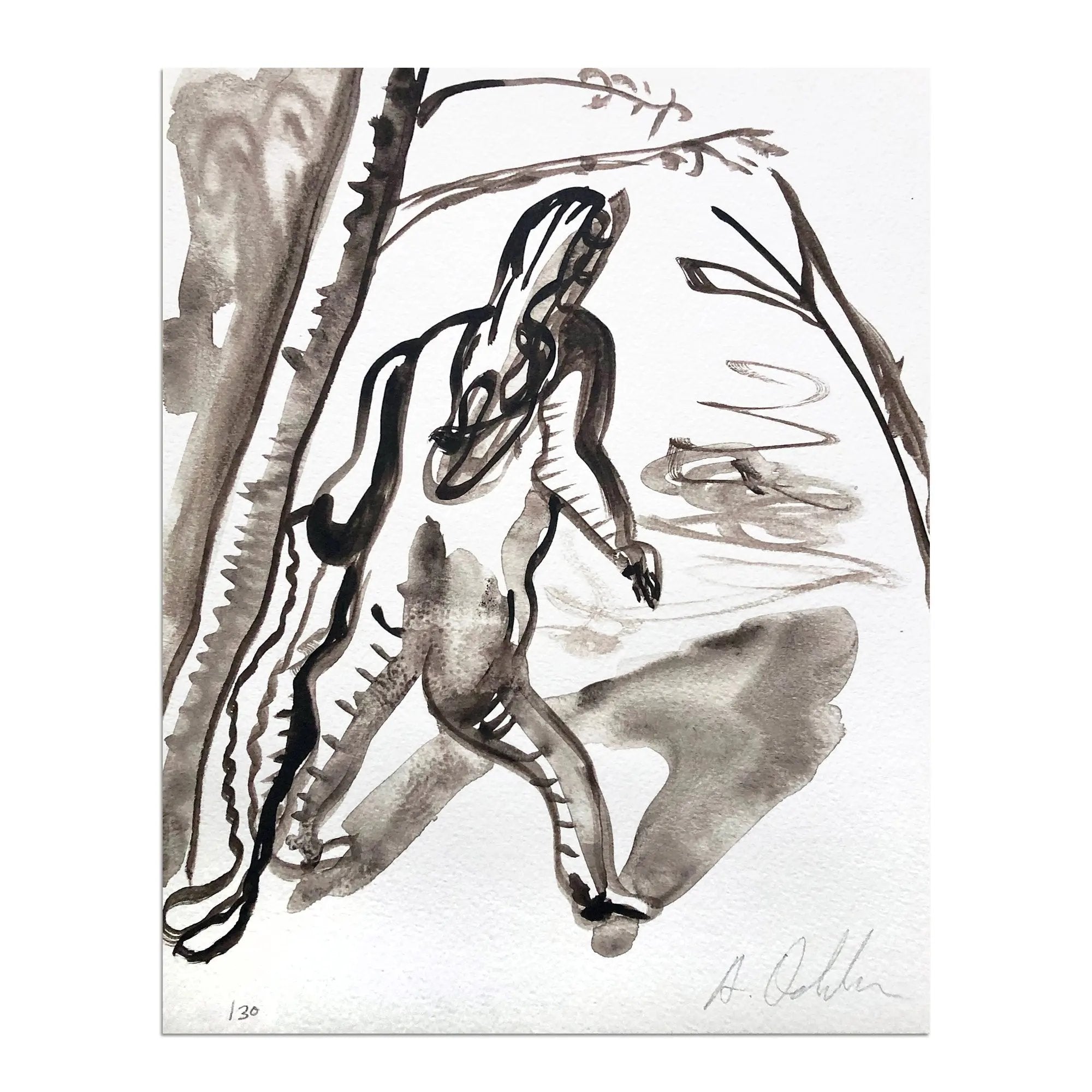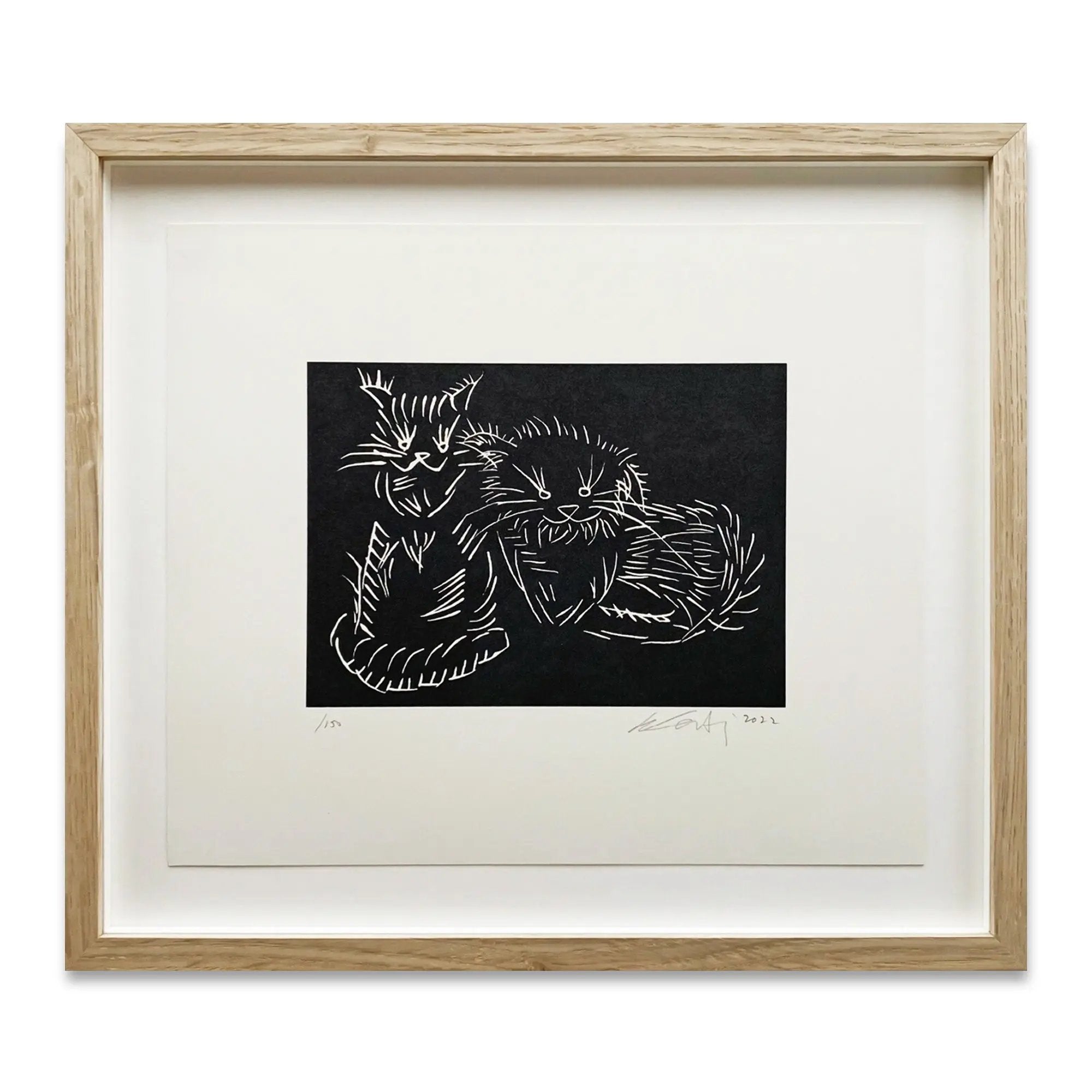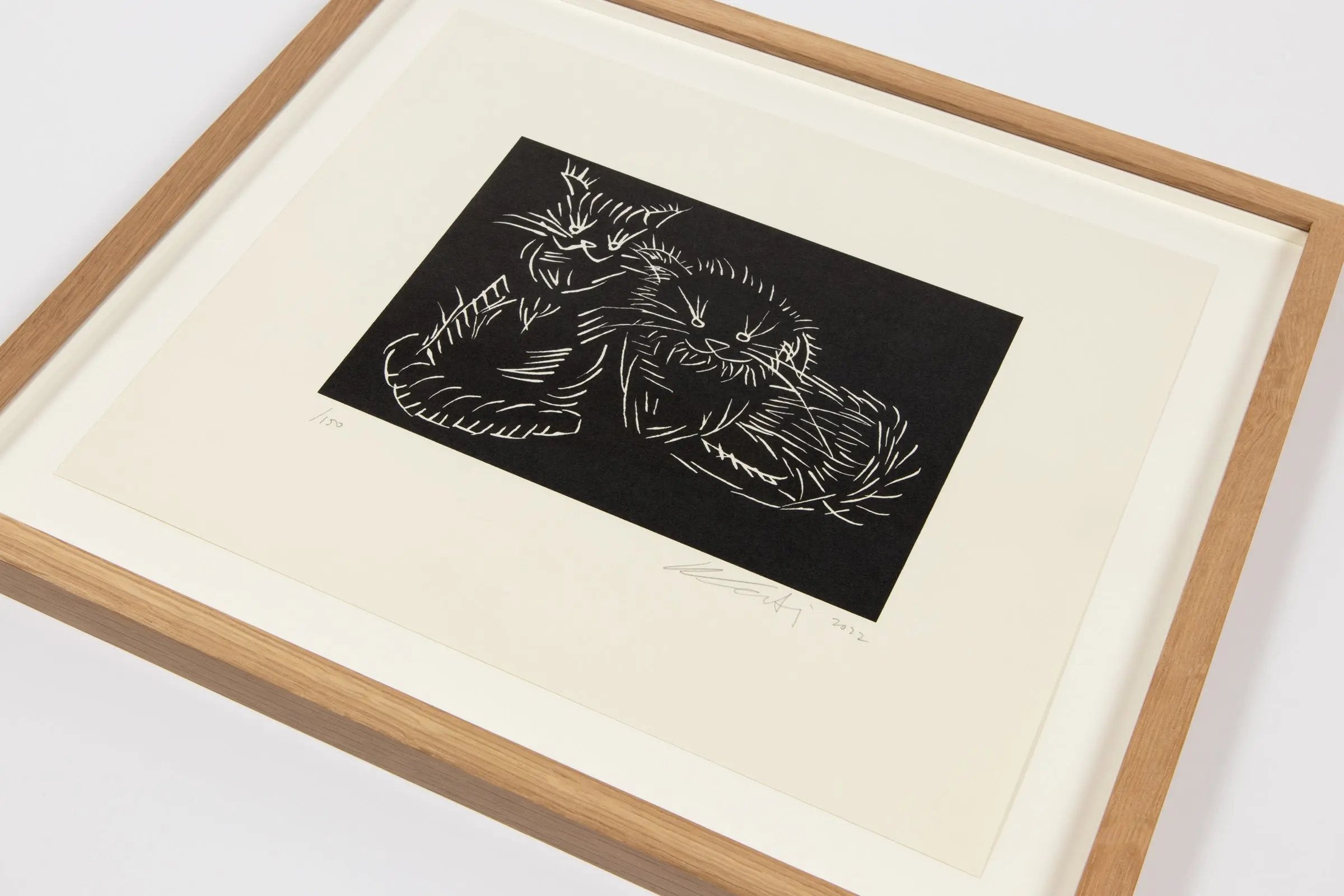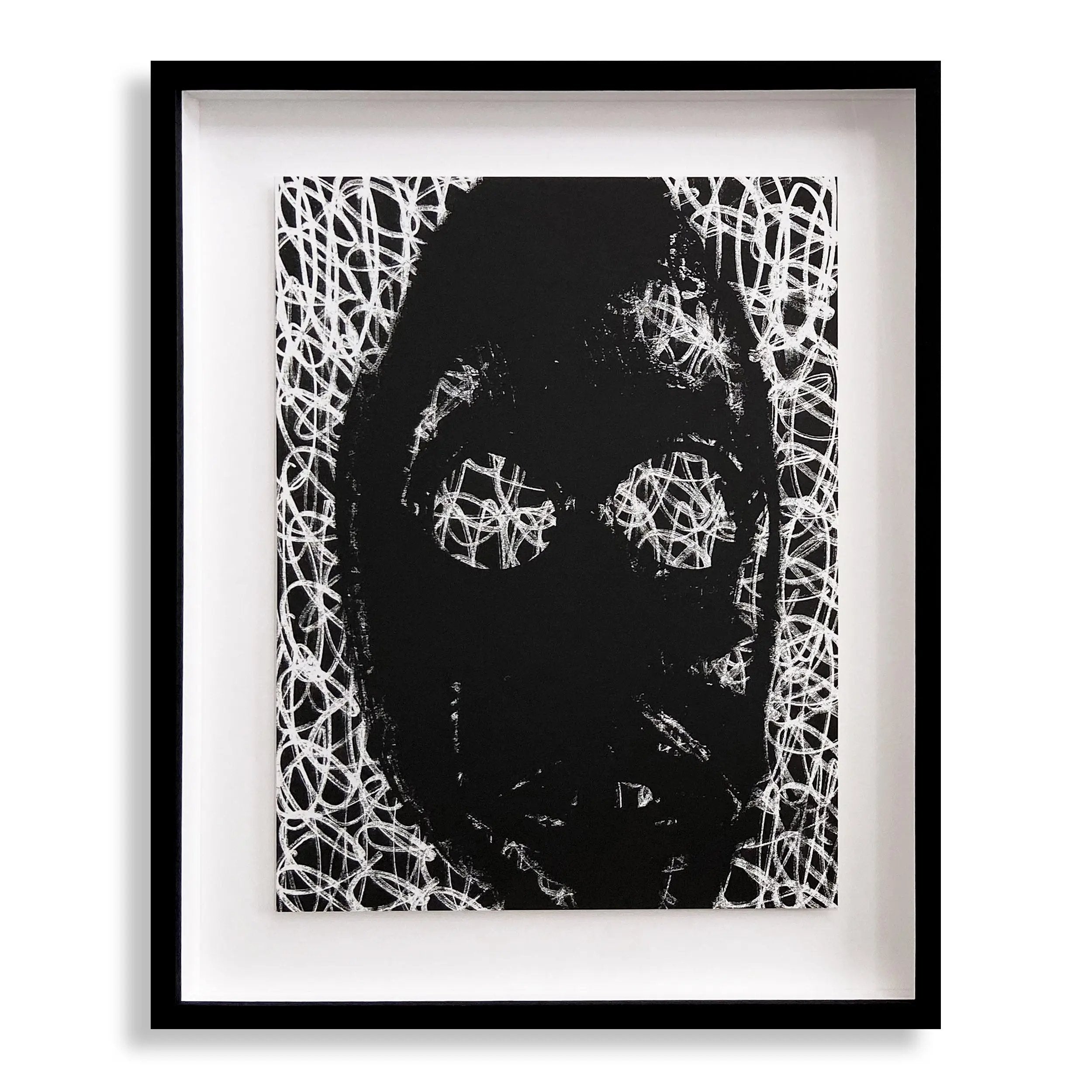Filters
86 products
France-Lise McGurn - In Pub-lik
Sale price€5.500,00
France-Lise McGurn - Dream Bod and Bronco
Sale price€1.300,00
France-Lise McGurn - In Pub-lik 9
Sale price€6.000,00
Elizabeth Peyton - The Kiss
Sale price€3.200,00
Elizabeth Peyton - Still Life
Sale price€5.500,00
Elizabeth Peyton - Peter
Sale price€3.700,00
Elizabeth Peyton - Lou Reed + Rachel
Sale price€3.800,00
Elizabeth Peyton - Frank Ocean
Sale price€4.200,00
Elizabeth Peyton - E (Self-Portrait)
Sale price€3.700,00
Elizabeth Peyton - Camille Claudel Flowers and Books
Sale price€2.800,00
Eddie Martinez - Bufly (GPBF)
Sale price€4.600,00
Ed Ruscha - Insect Slant (Ants)
Sale price€9.000,00
David Shrigley - The Moon Makes Us Crazy
Sale price€2.200,00
David Shrigley - Eyes
Sale price€3.800,00
Daniel Richter - Untitled (Paris Sexy 65)
Sale price€3.000,00
Daniel Richter - Untitled (Fuchs)
Sale price€3.000,00
Daniel Richter - Untitled
Sale price€3.000,00
Dana Schutz - Back Surgery in Bed
Sale price€3.400,00
Damien Hirst - Taytu Betul (H10-5)
Sale price€5.400,00
Damien Hirst - Suiko (H10-4)
Sale price€4.600,00
Damien Hirst - Loyalty
Sale price€22.000,00
Cecily Brown - The Tribulations of St. Anthony
Sale price€3.000,00
Cecily Brown - The Last Shipwreck
Sale price€3.800,00
Cecily Brown - All the Nightmares Came Today
Sale price€2.700,00
Arnulf Rainer - Büste im Nebel
Sale price€2.400,00
André Butzer - Untitled (Yellow)
Sale price€2.700,00
André Butzer - Untitled (Wanderer)
Sale price€1.900,00
André Butzer - Untitled (Smileys)
Sale price€2.700,00
André Butzer - Untitled (Purple)
Sale price€2.700,00
André Butzer - Pastrami
Sale price€2.700,00
André Butzer - Katze
Sale price€2.800,00
André Butzer - Dr. Pfeffer
Sale price€2.700,00
Alex Katz - Night
Sale price€4.500,00
Albert Oehlen - Cezanne
Sale price€1.000,00
Ai Weiwei - Middle Finger in Red
Sale price€1.800,00
Ai Weiwei - Cats (Black)
Sale price€2.400,00
Adam Pendleton - Mask
Sale price€3.500,00
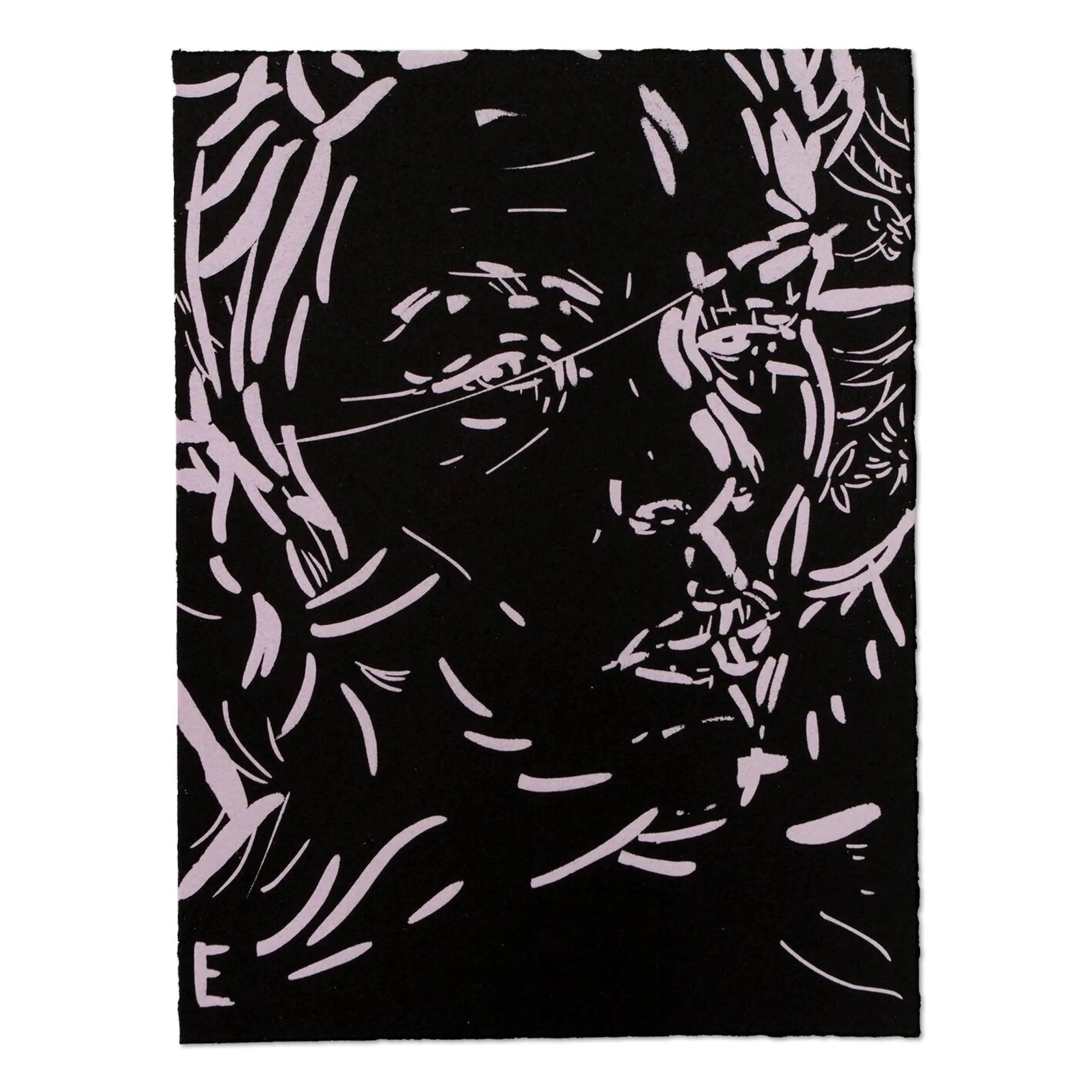
01
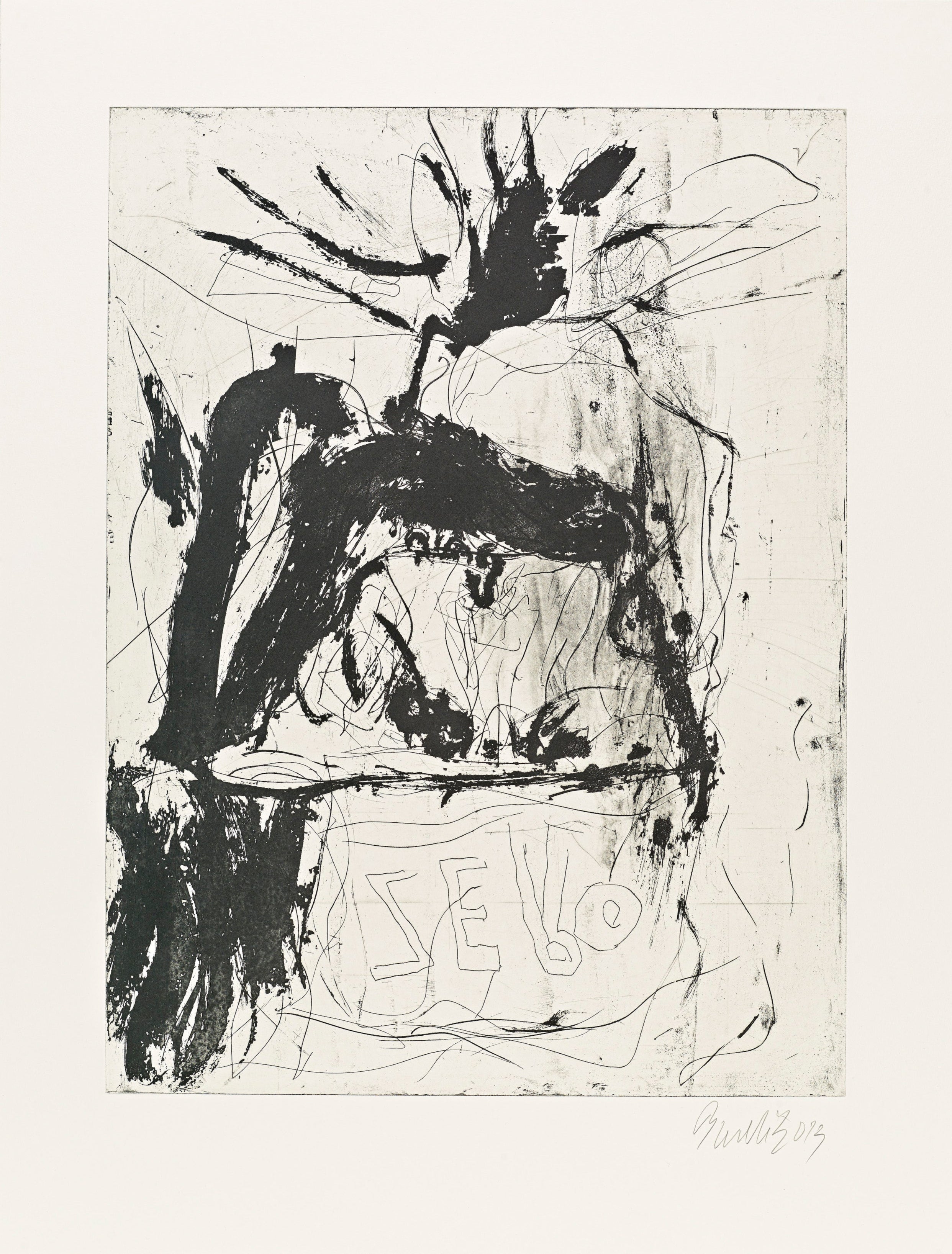
02
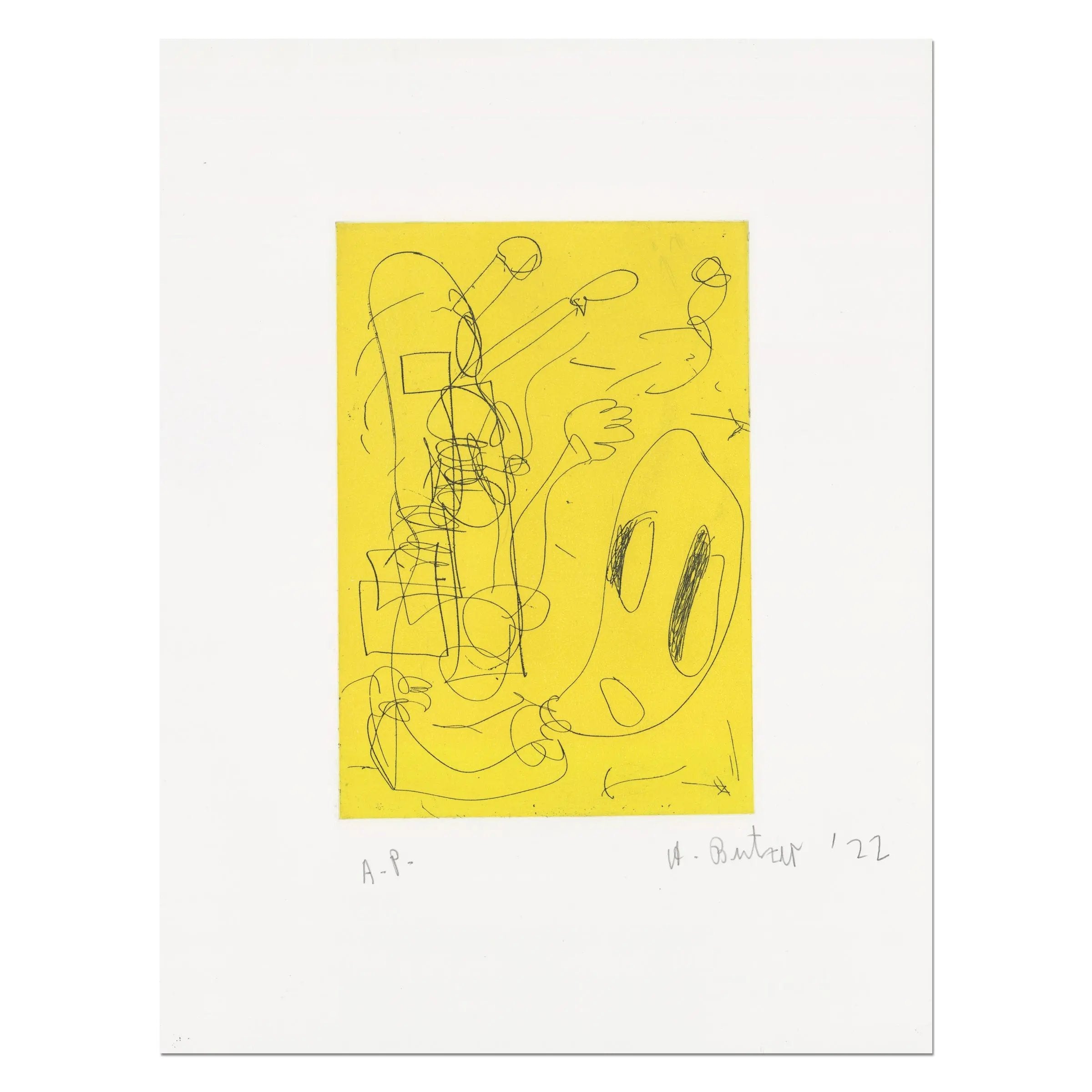
03
01
02
03



